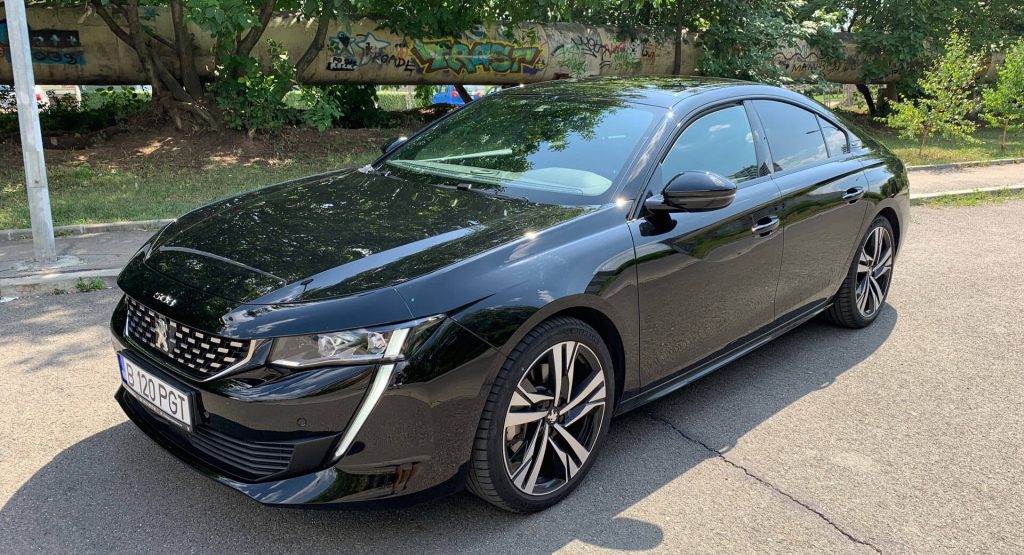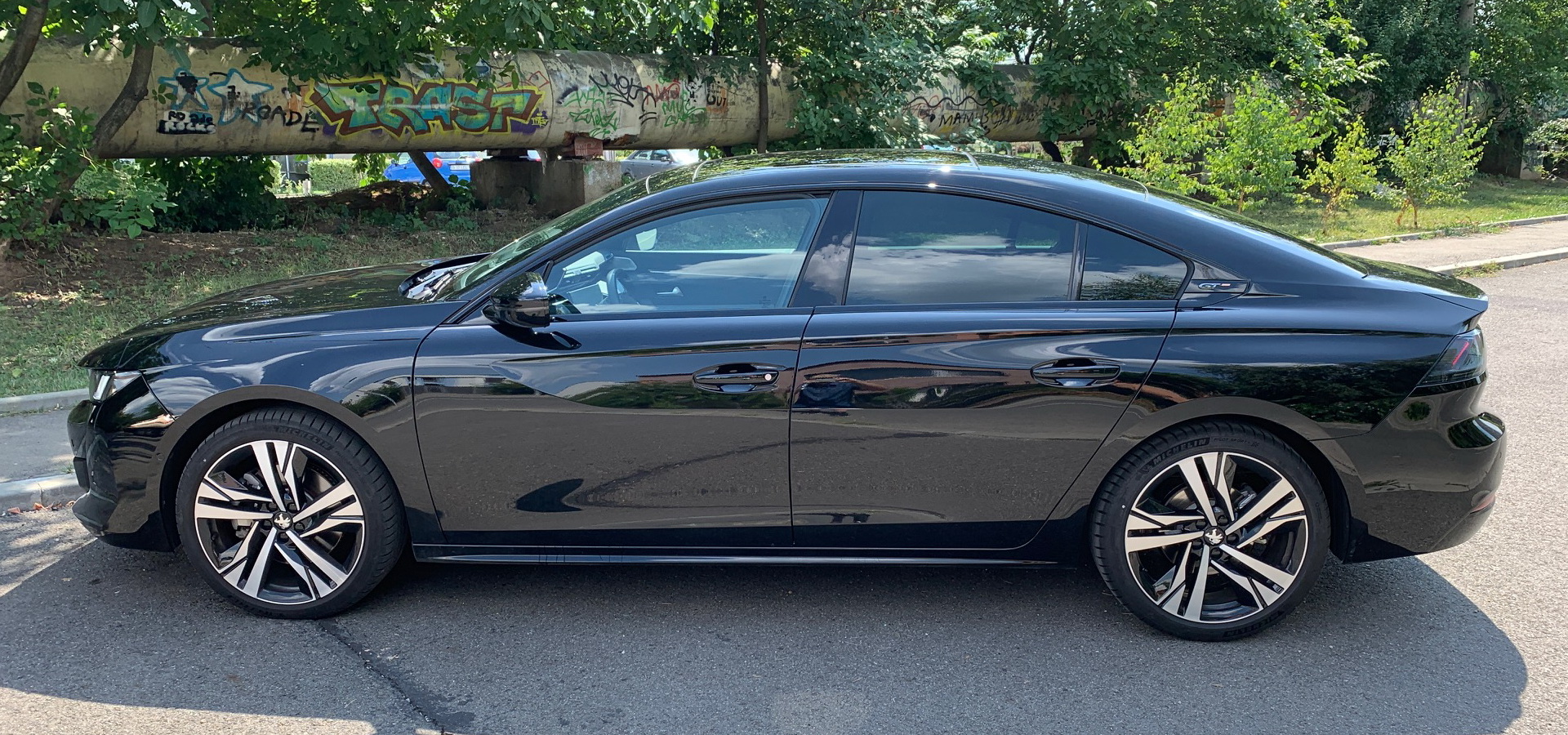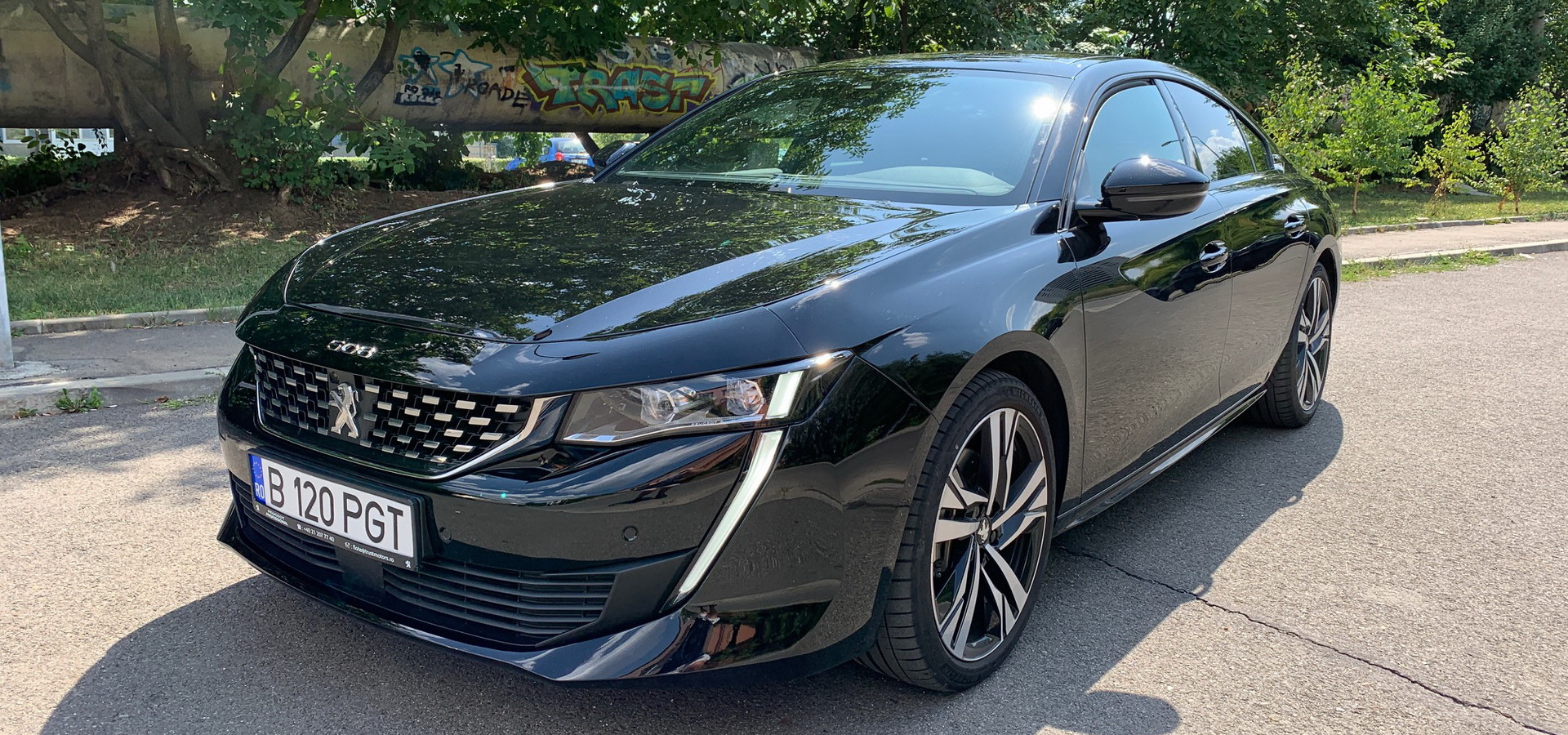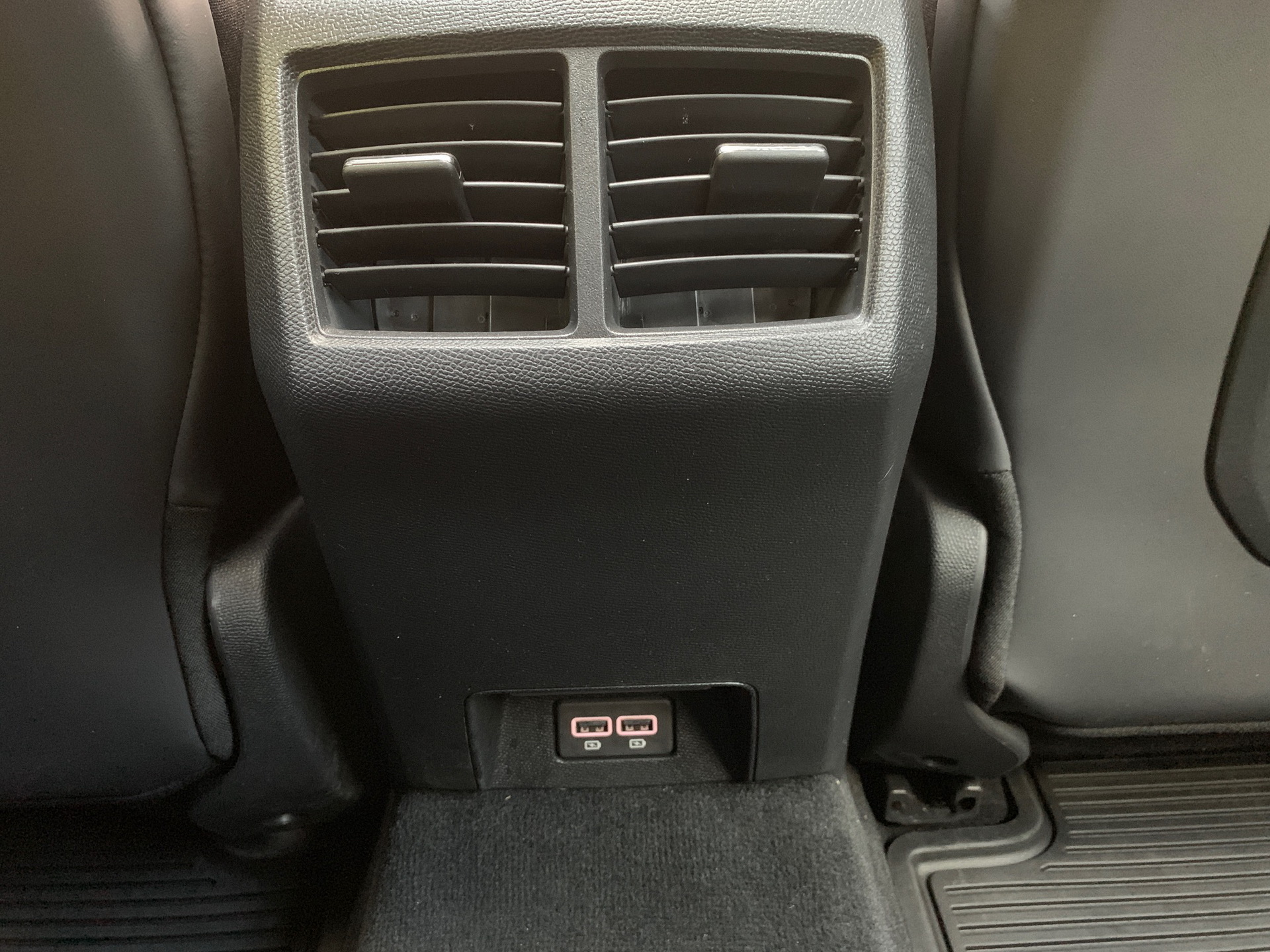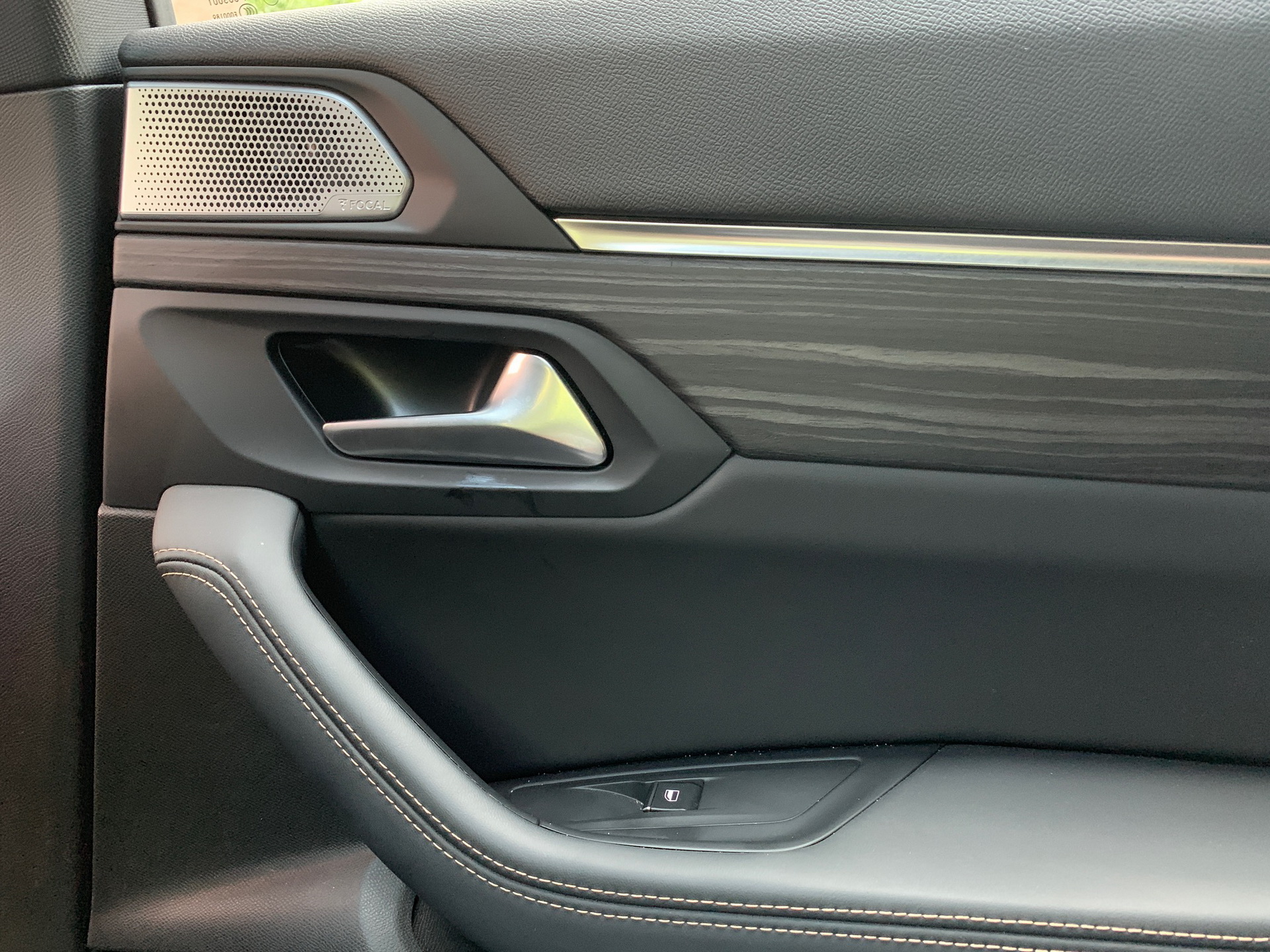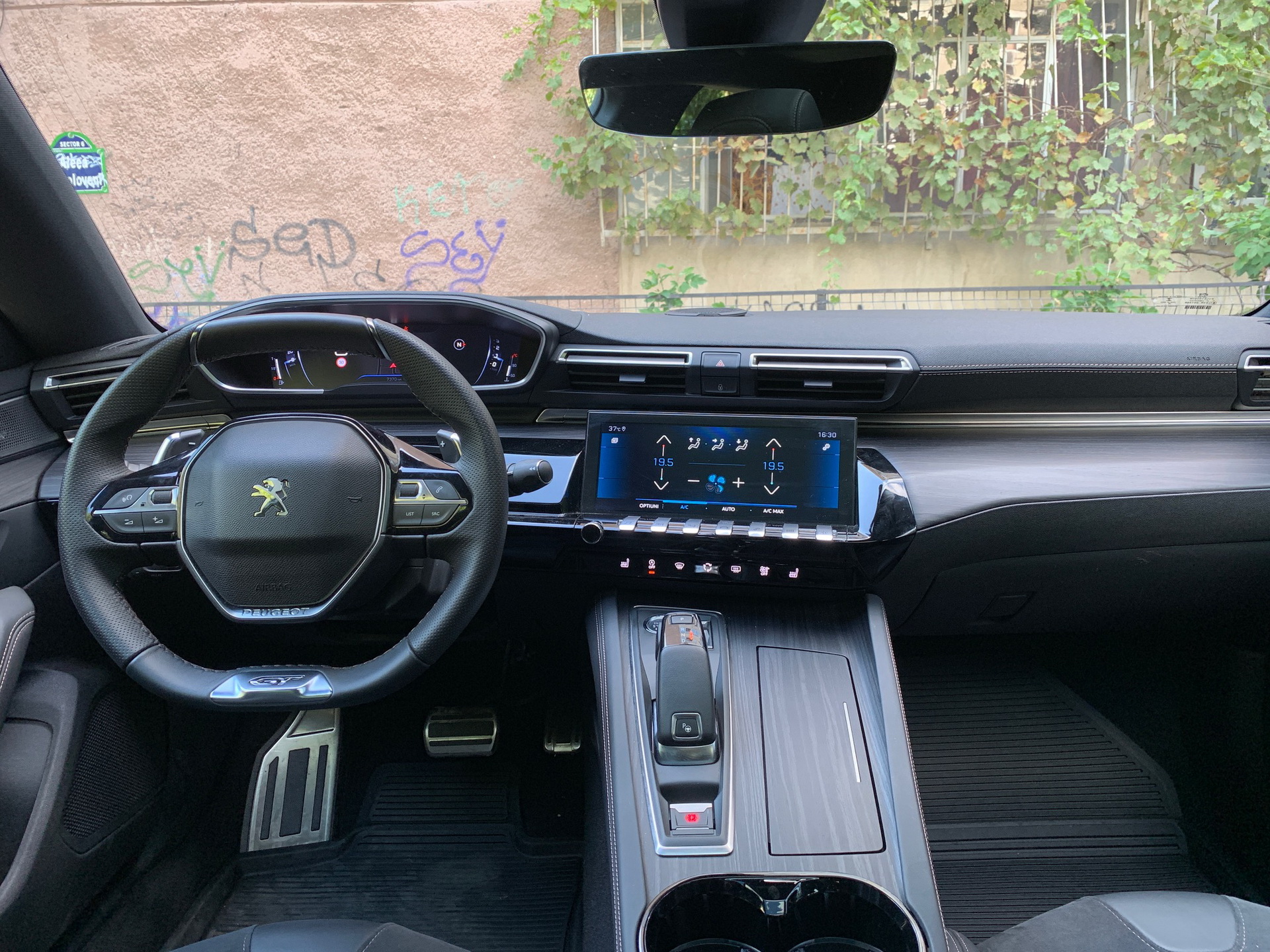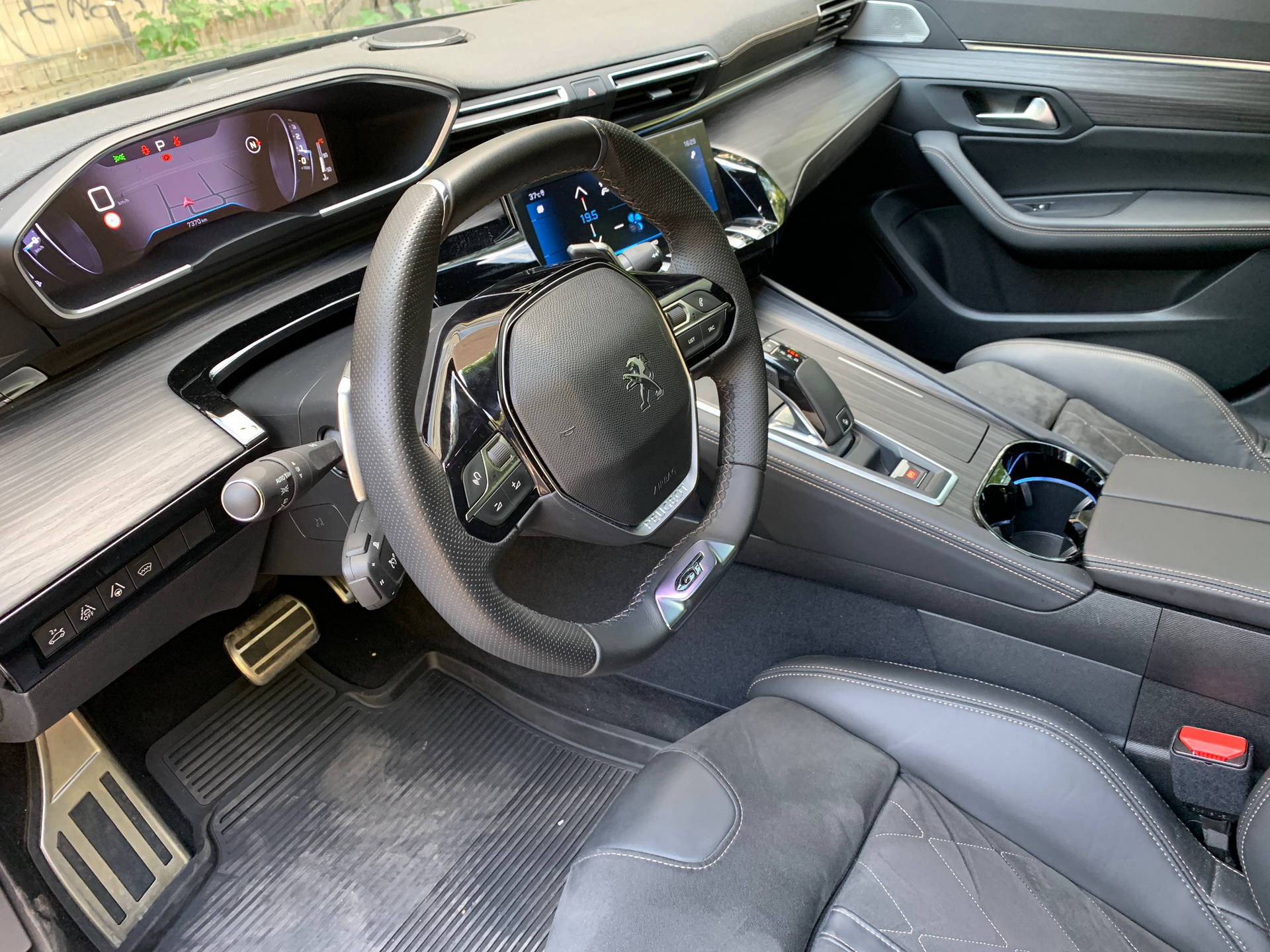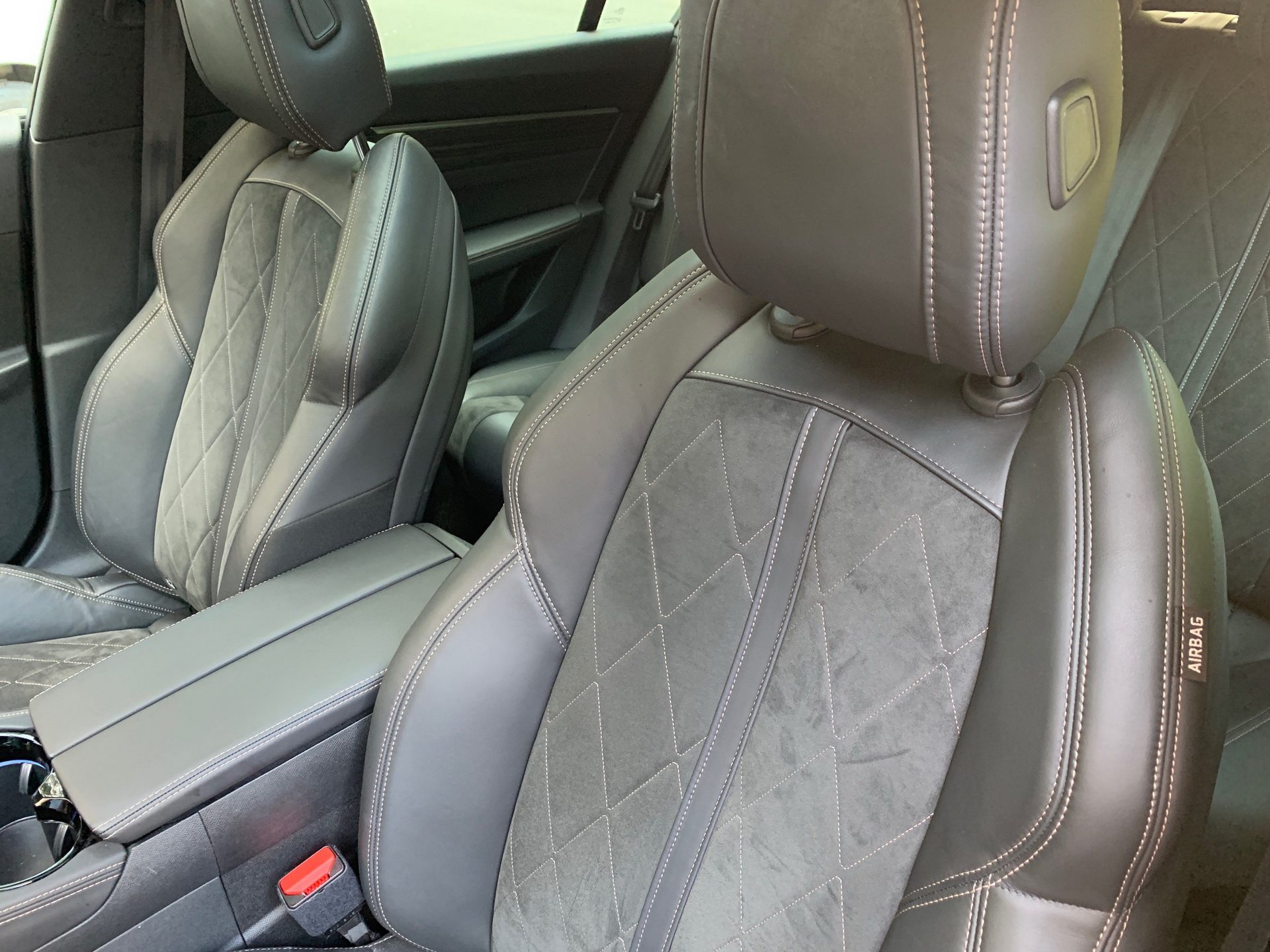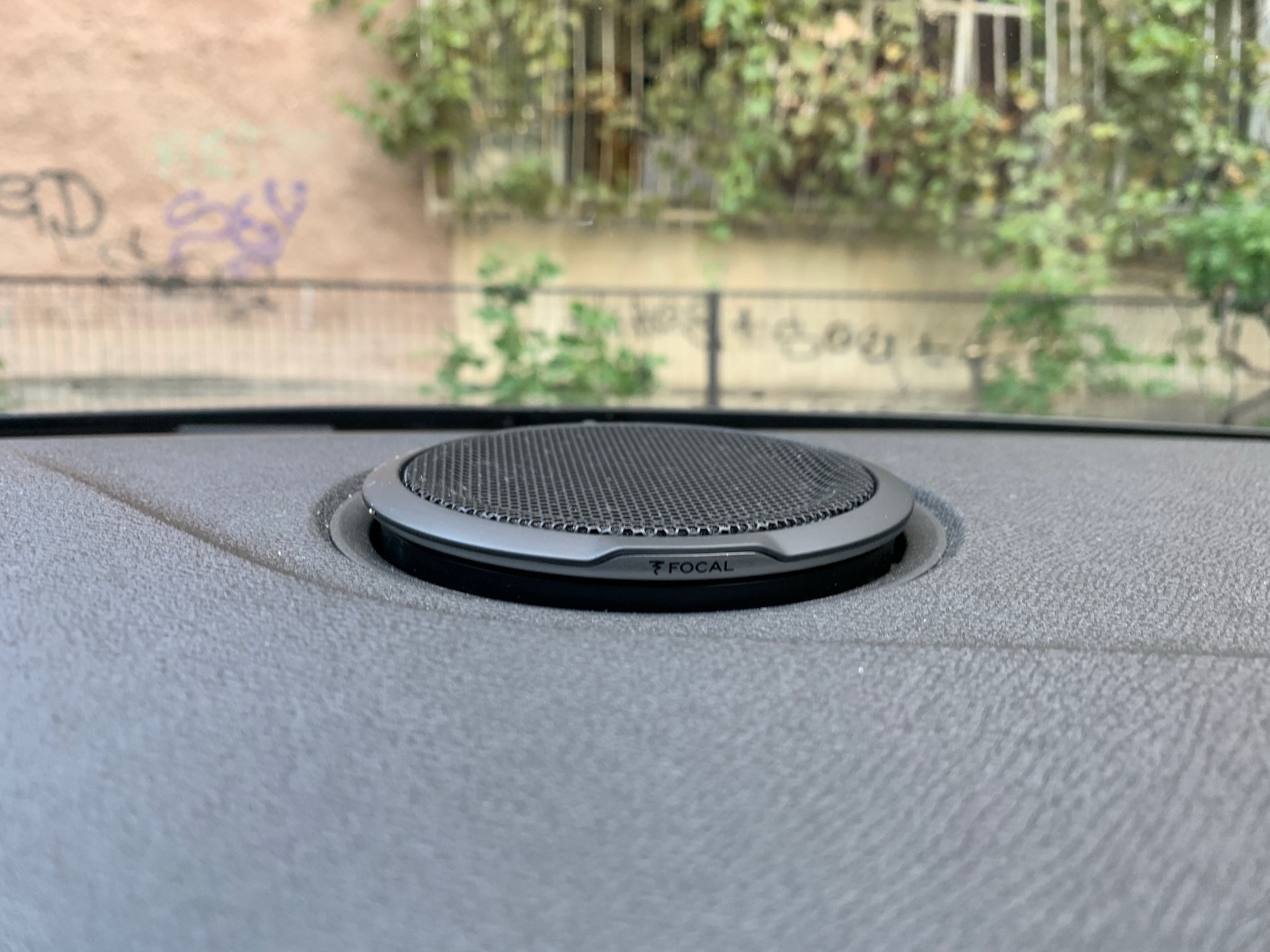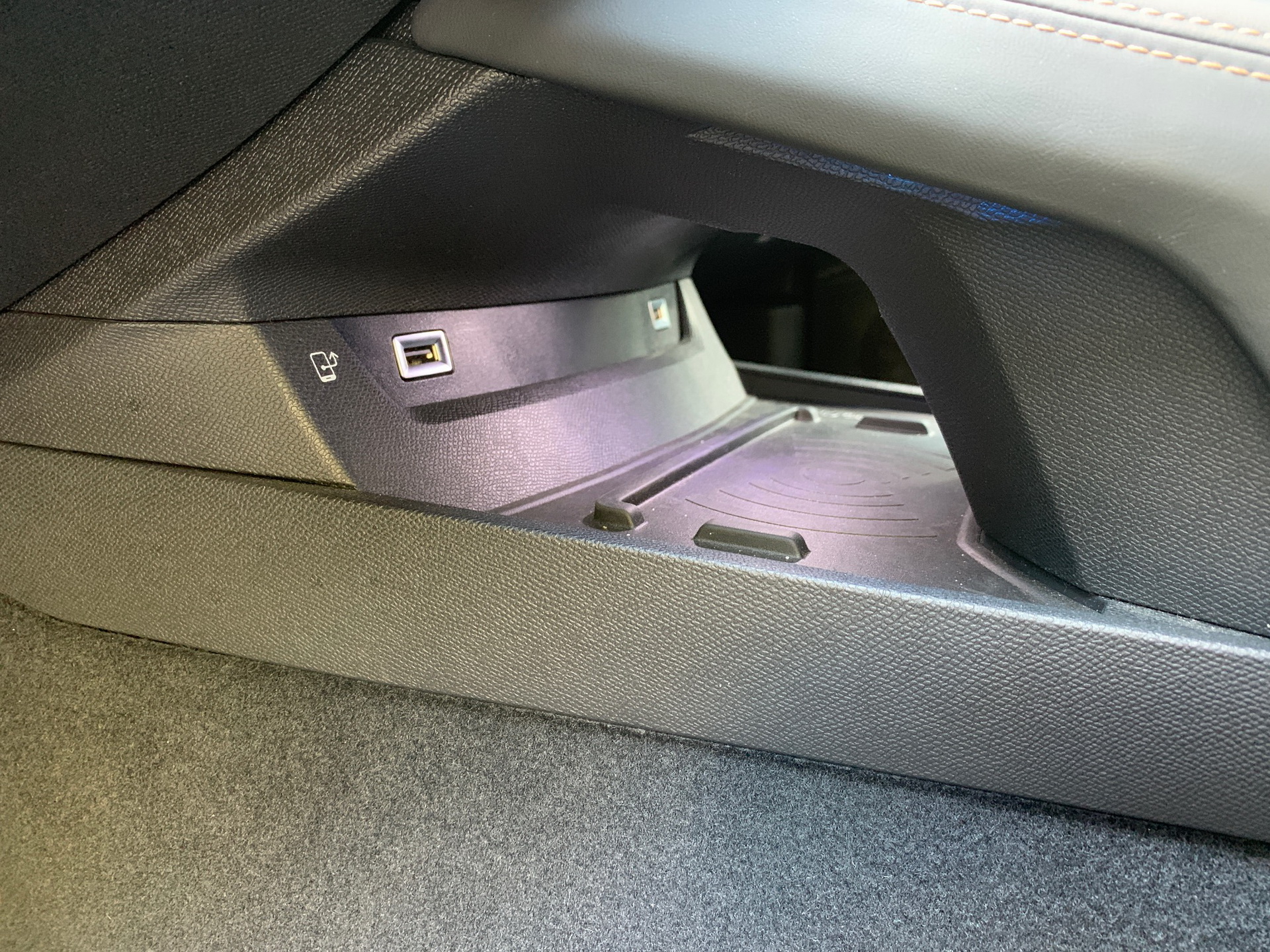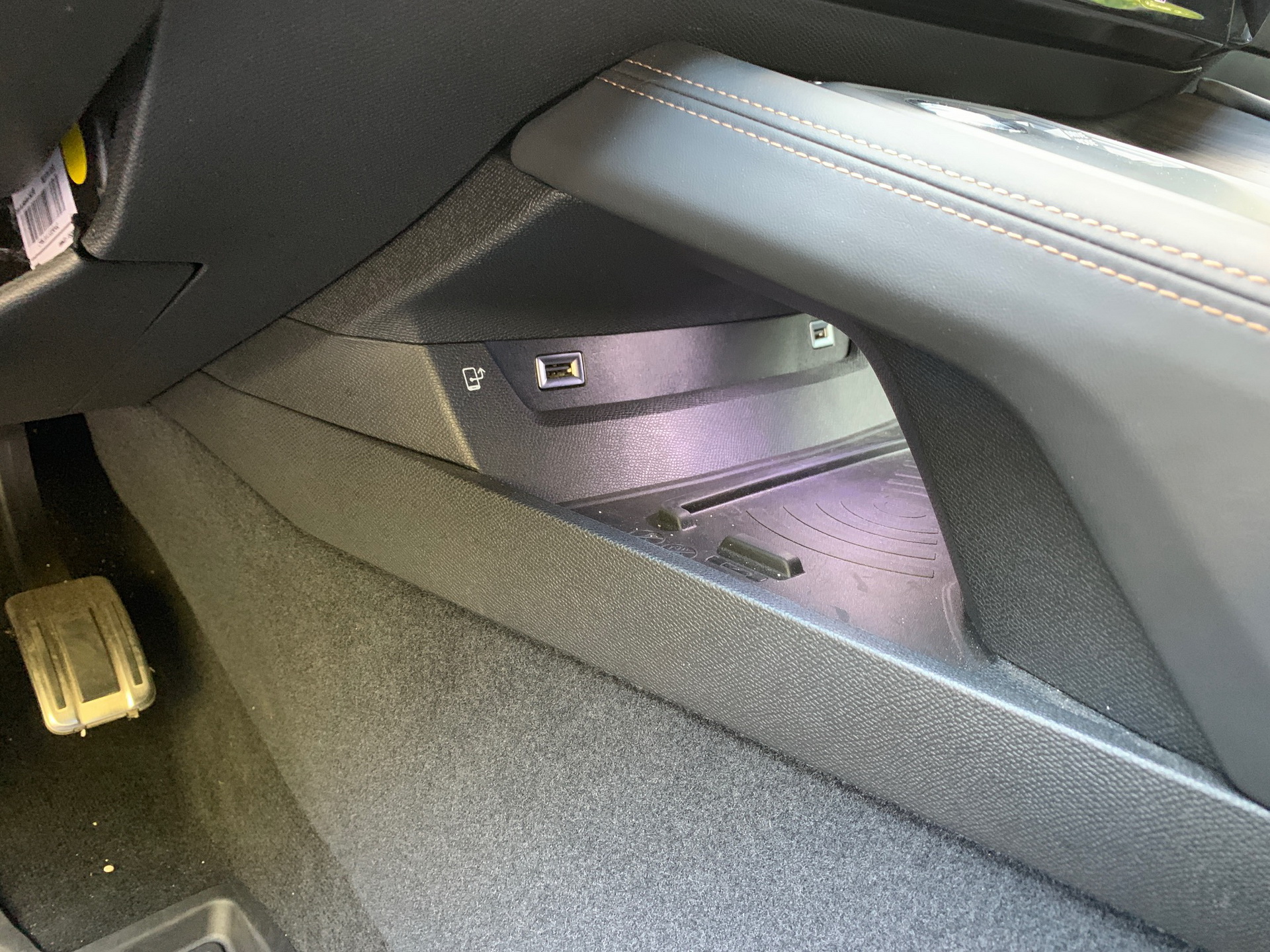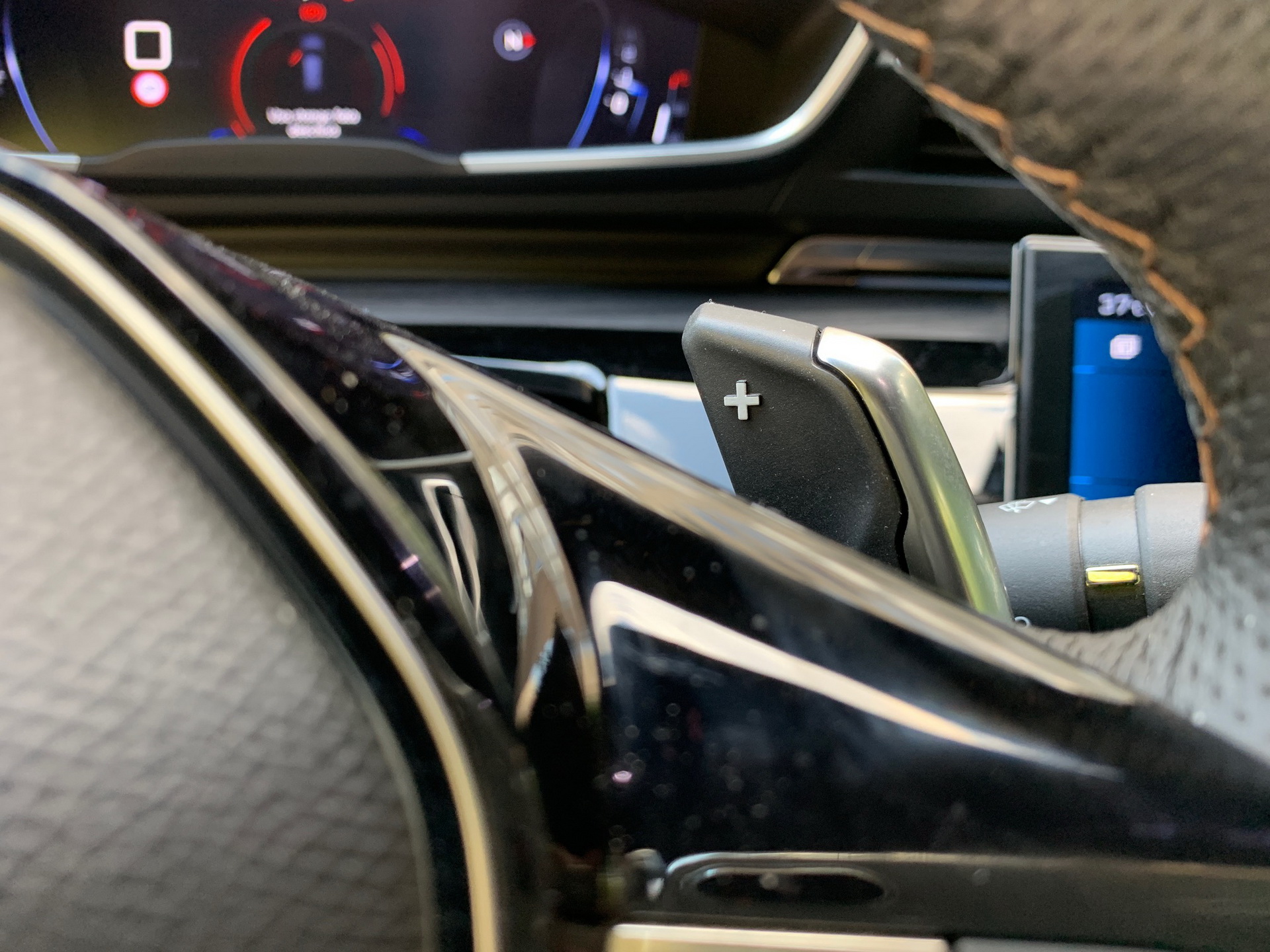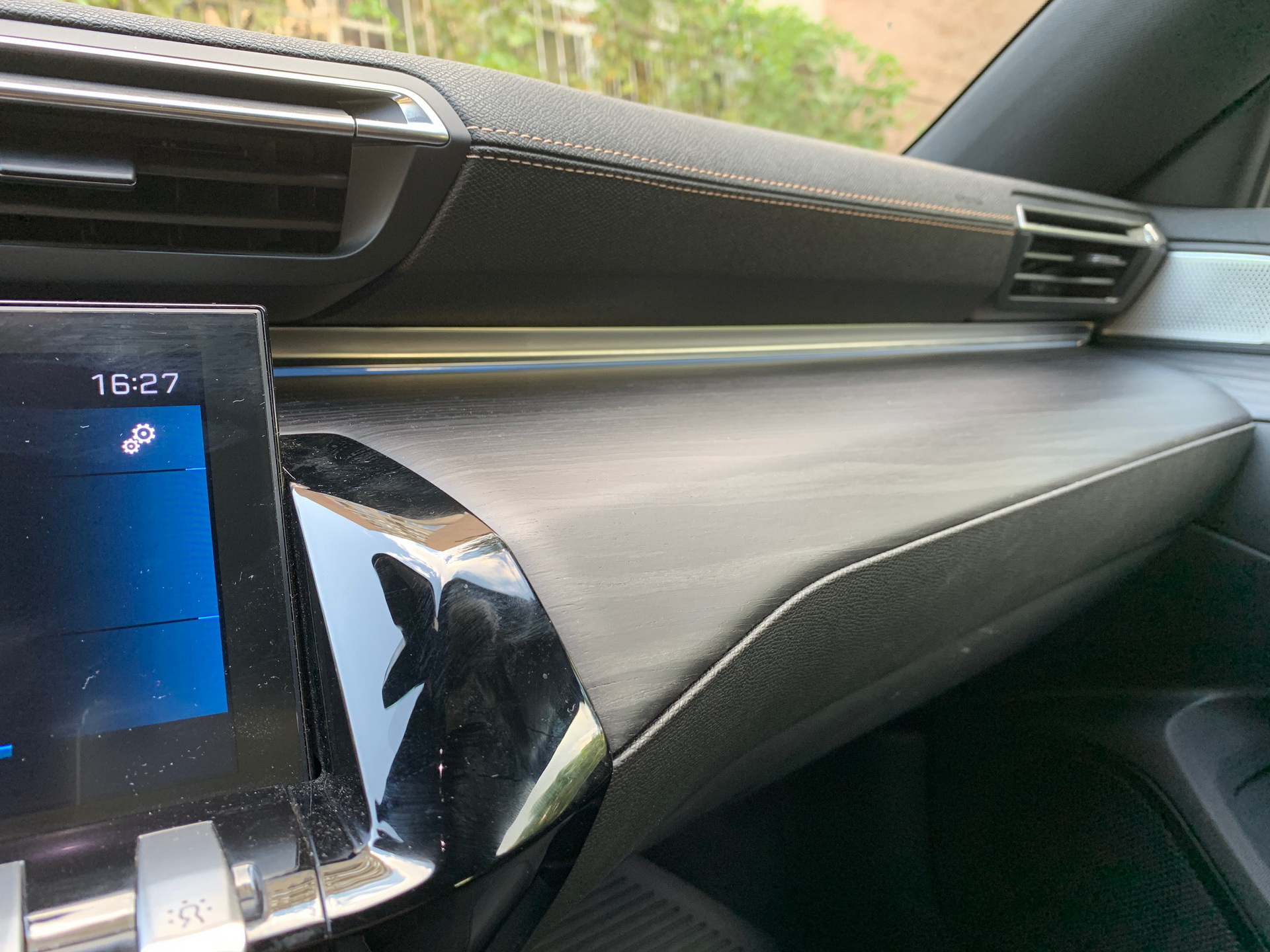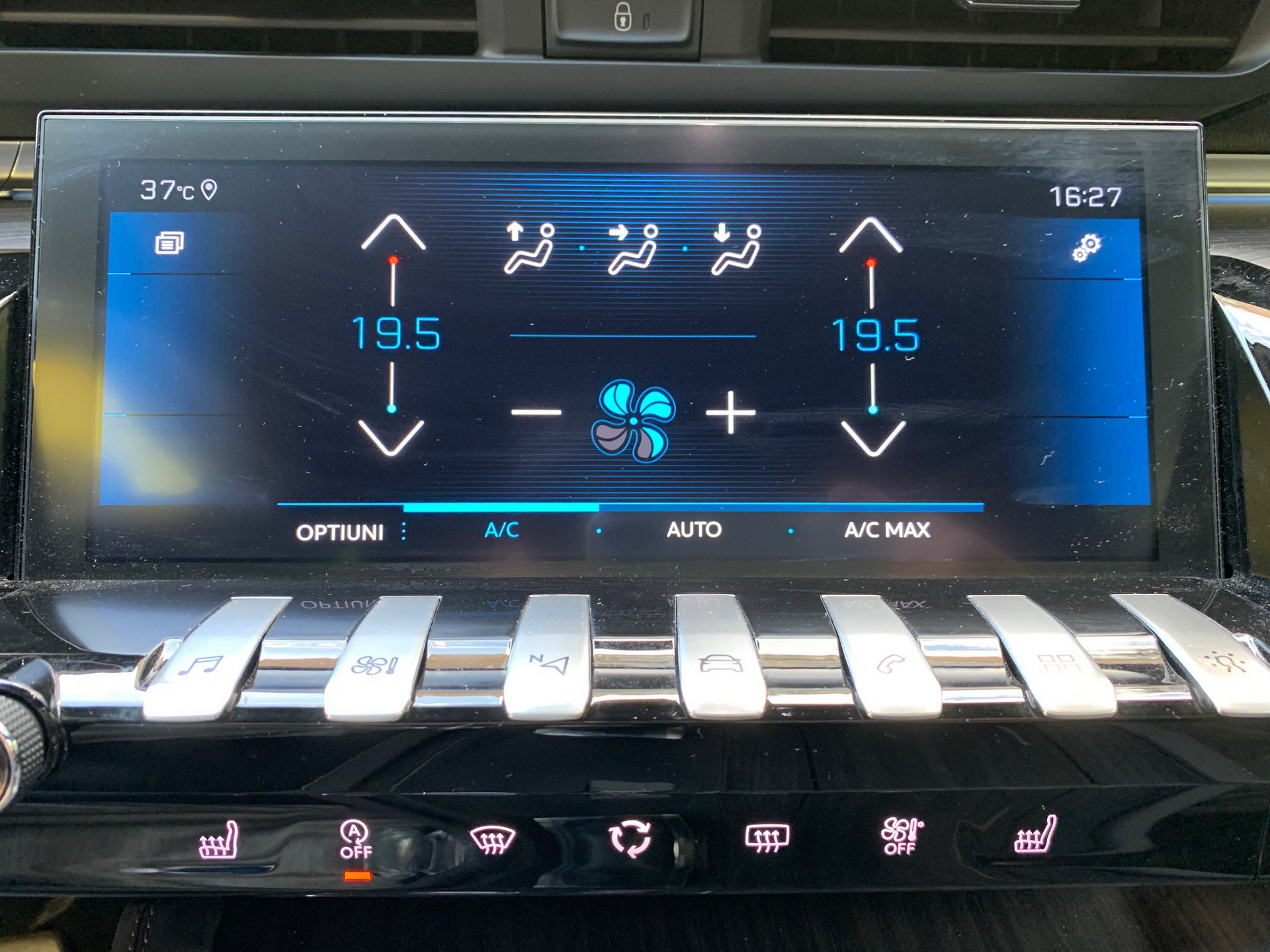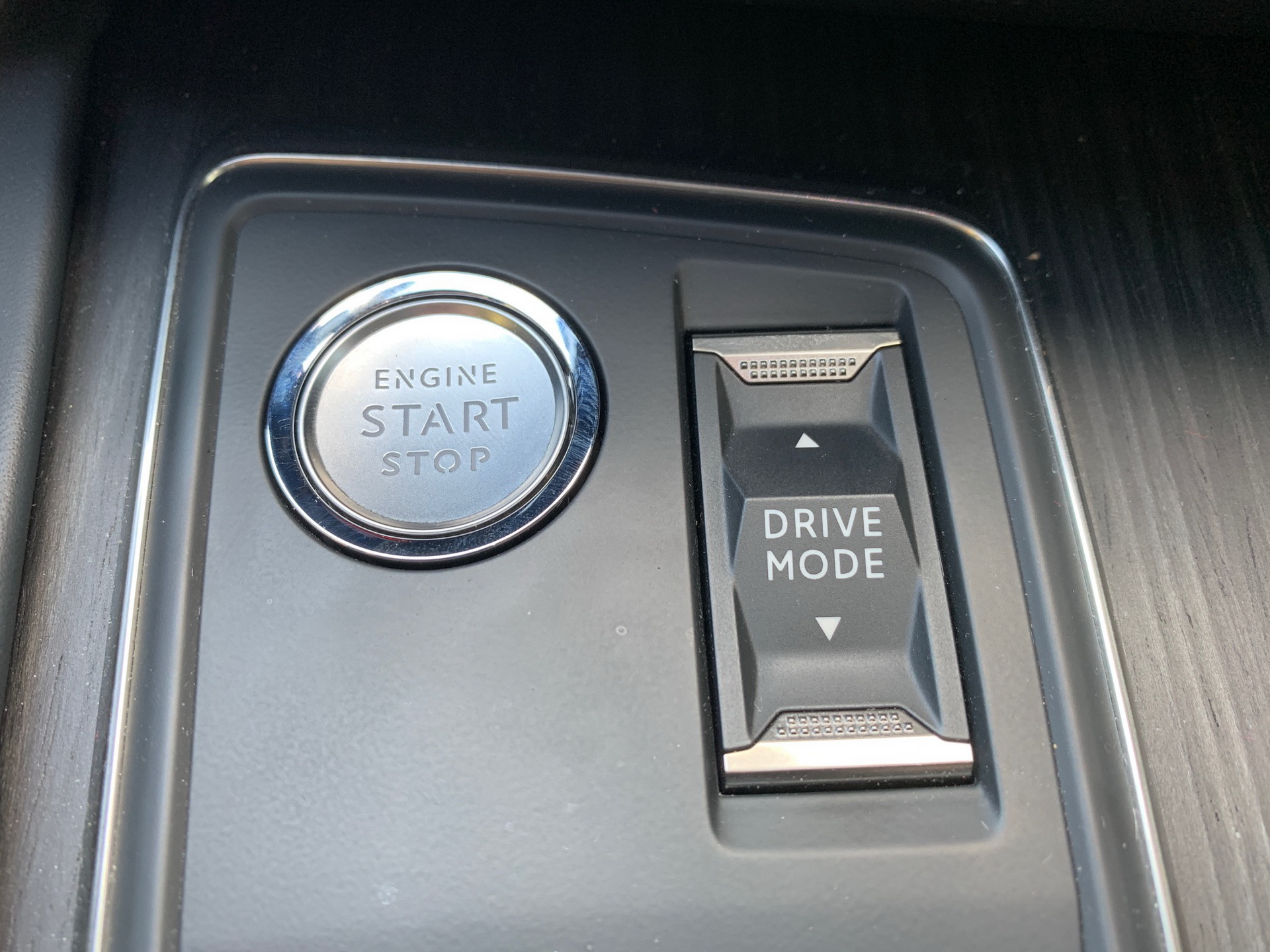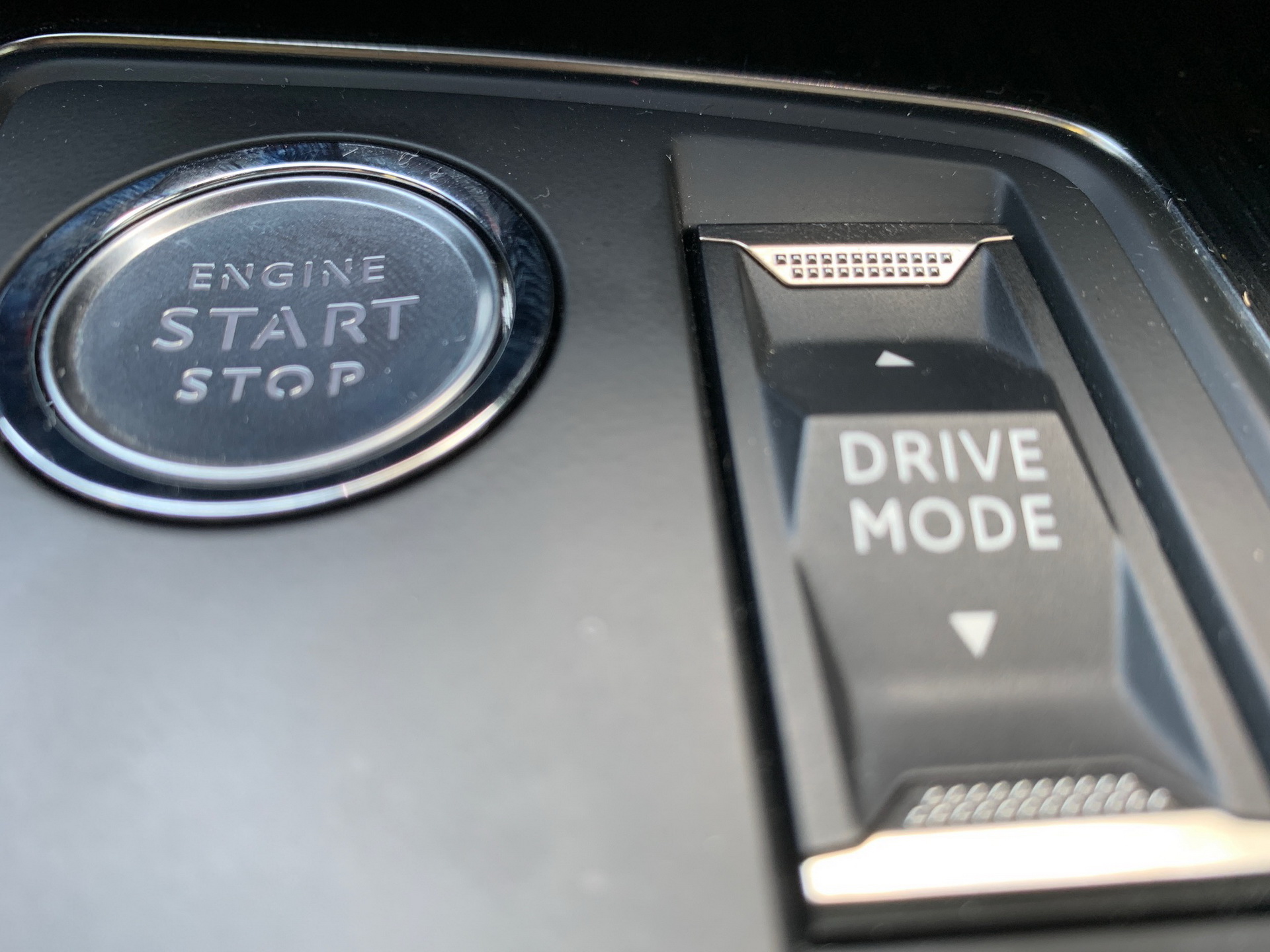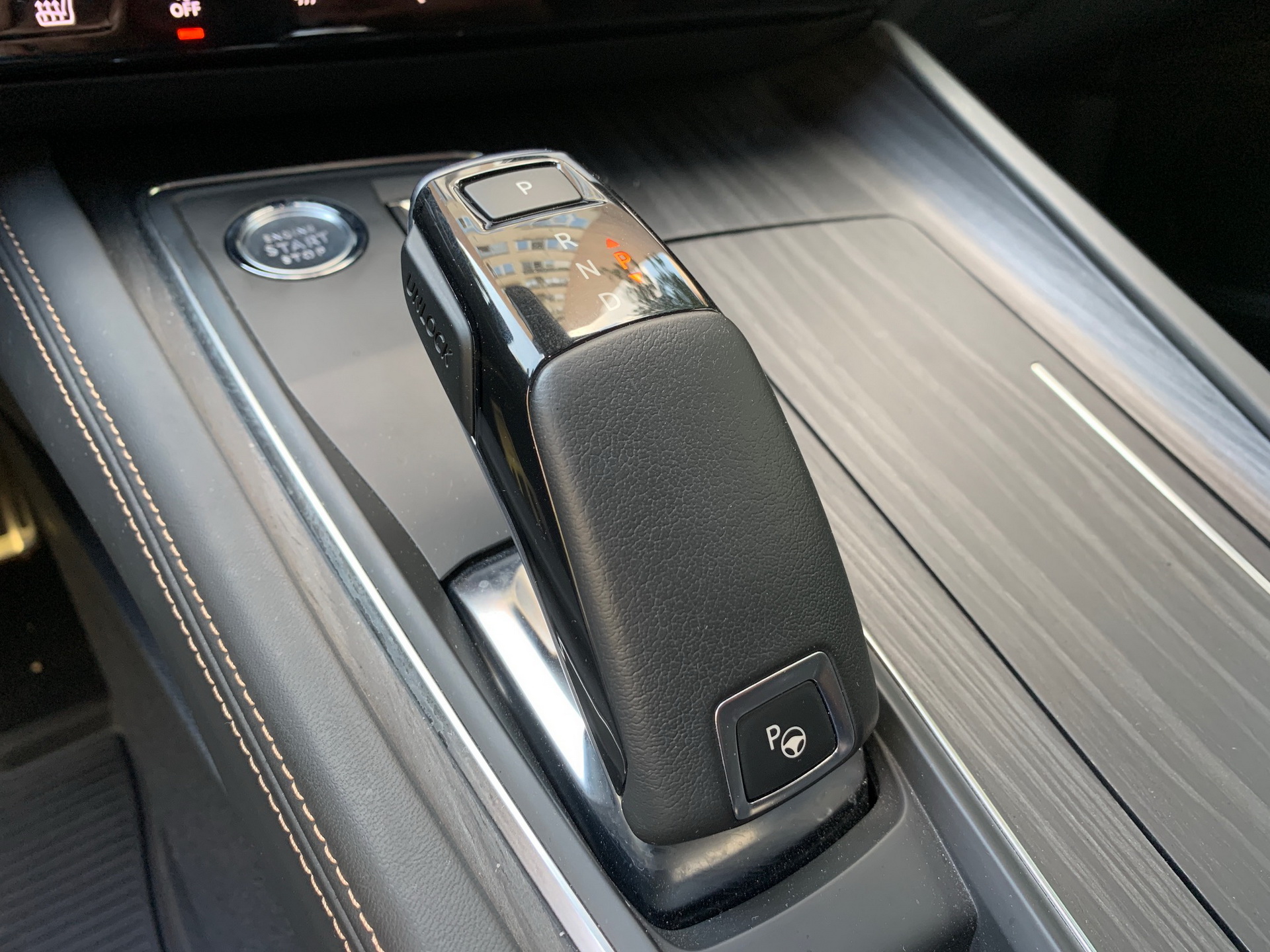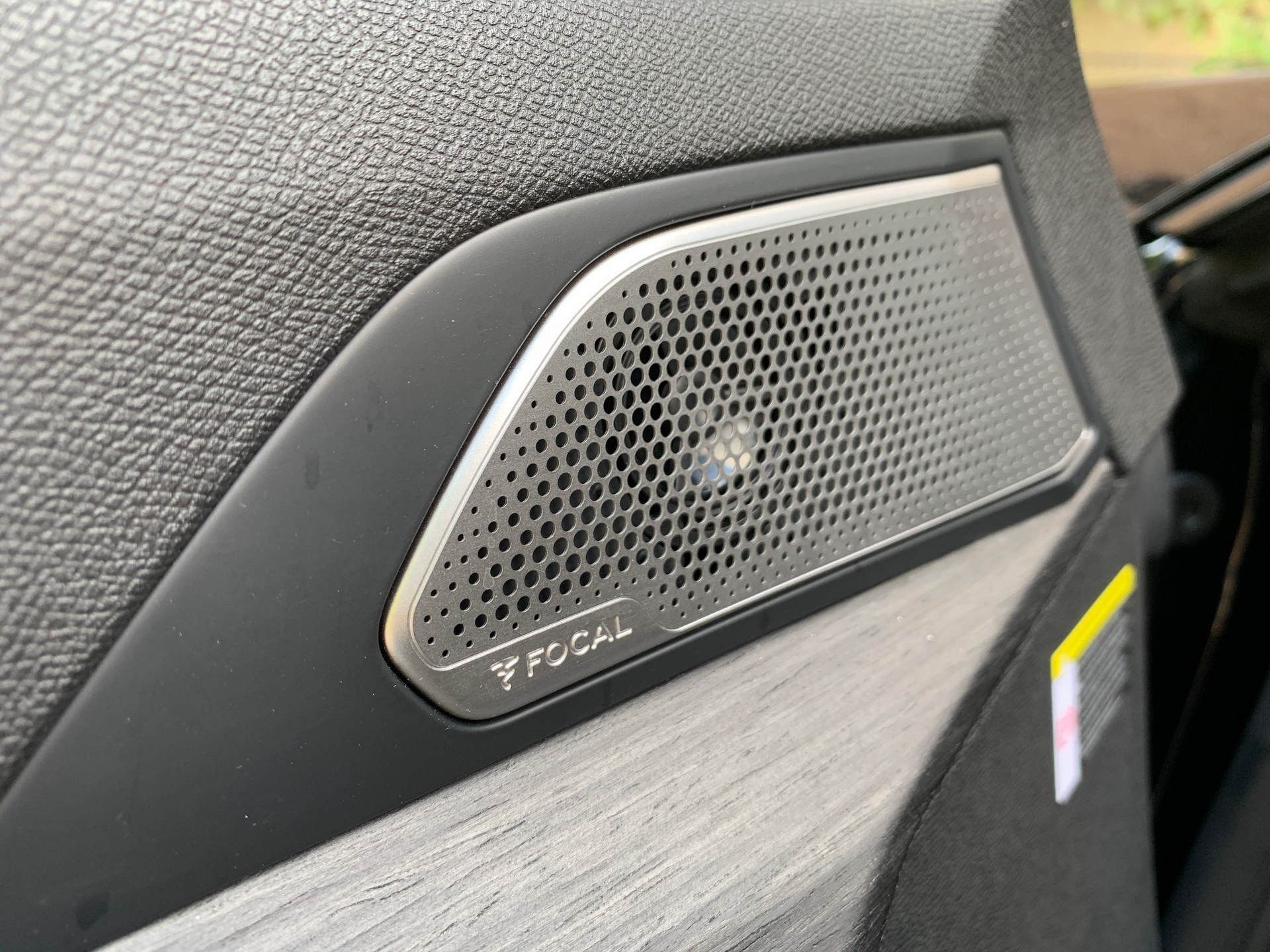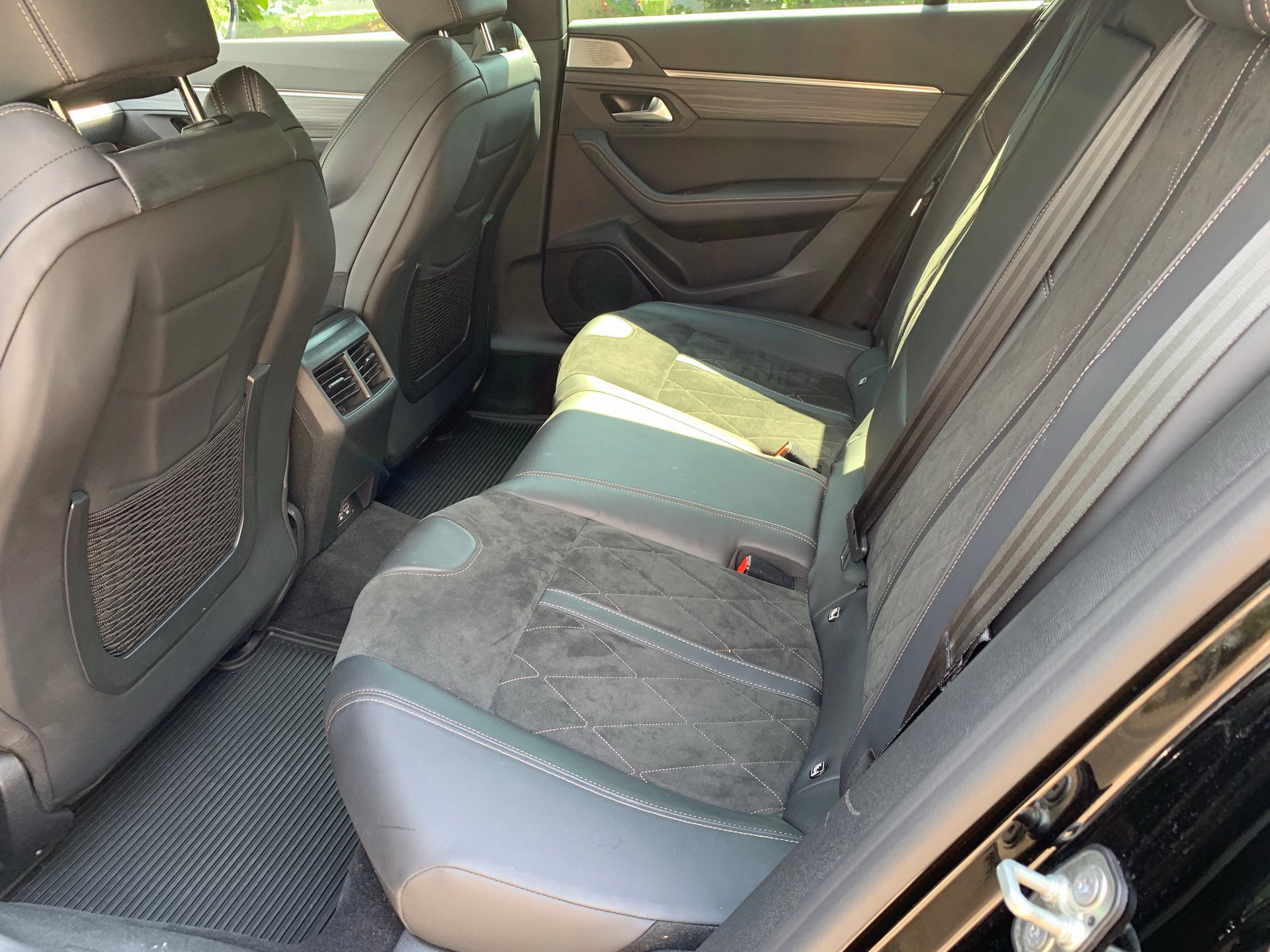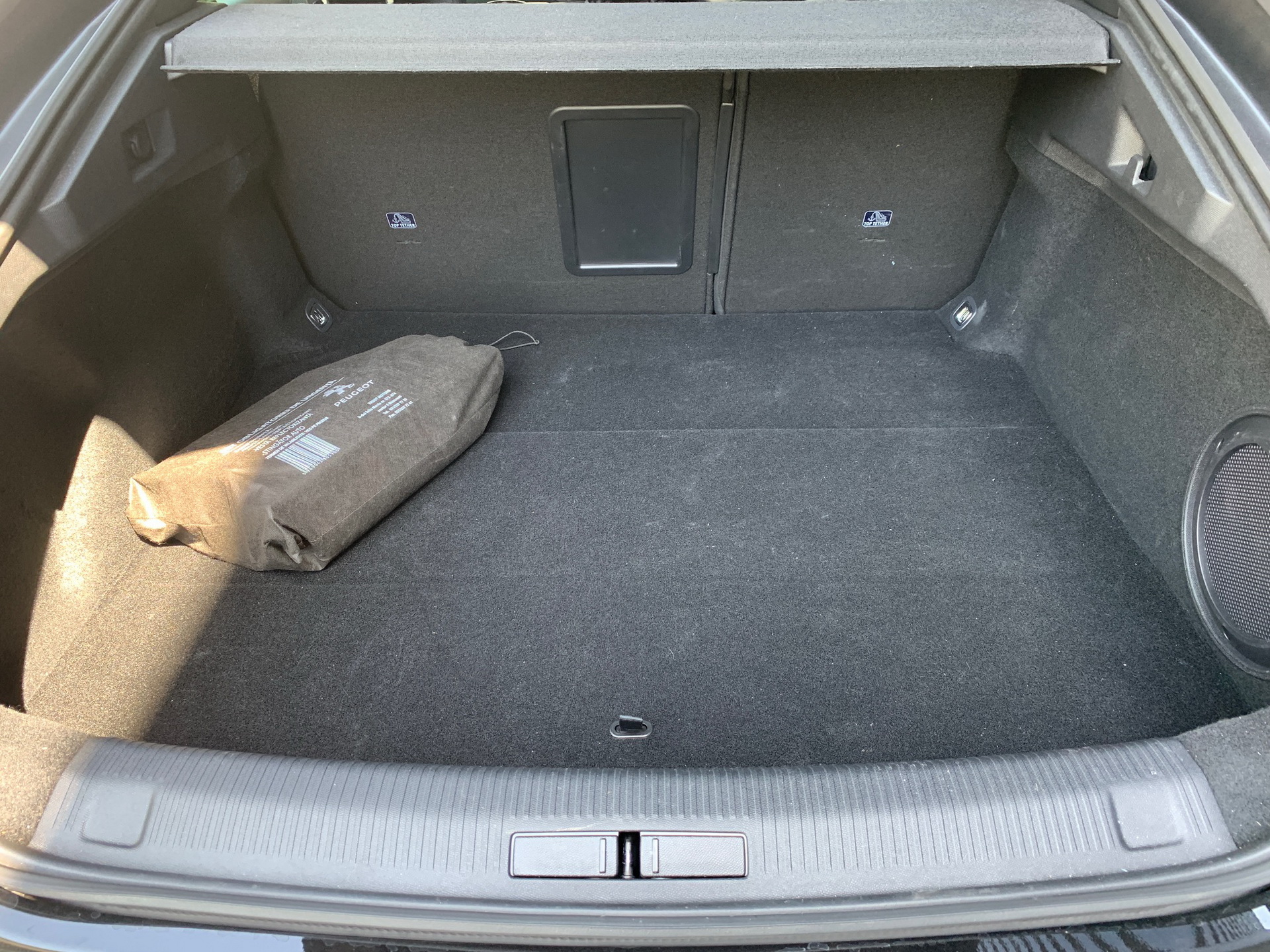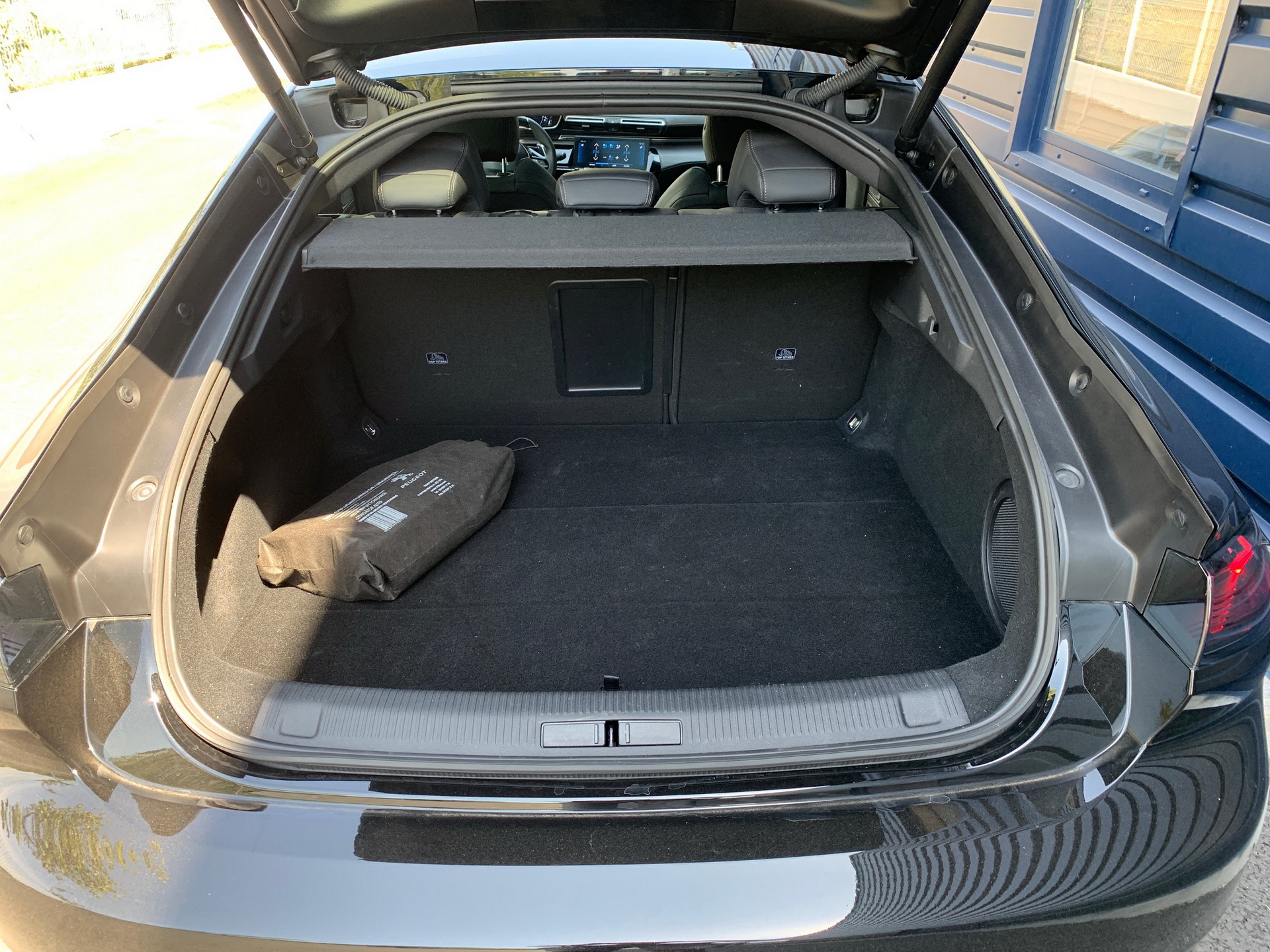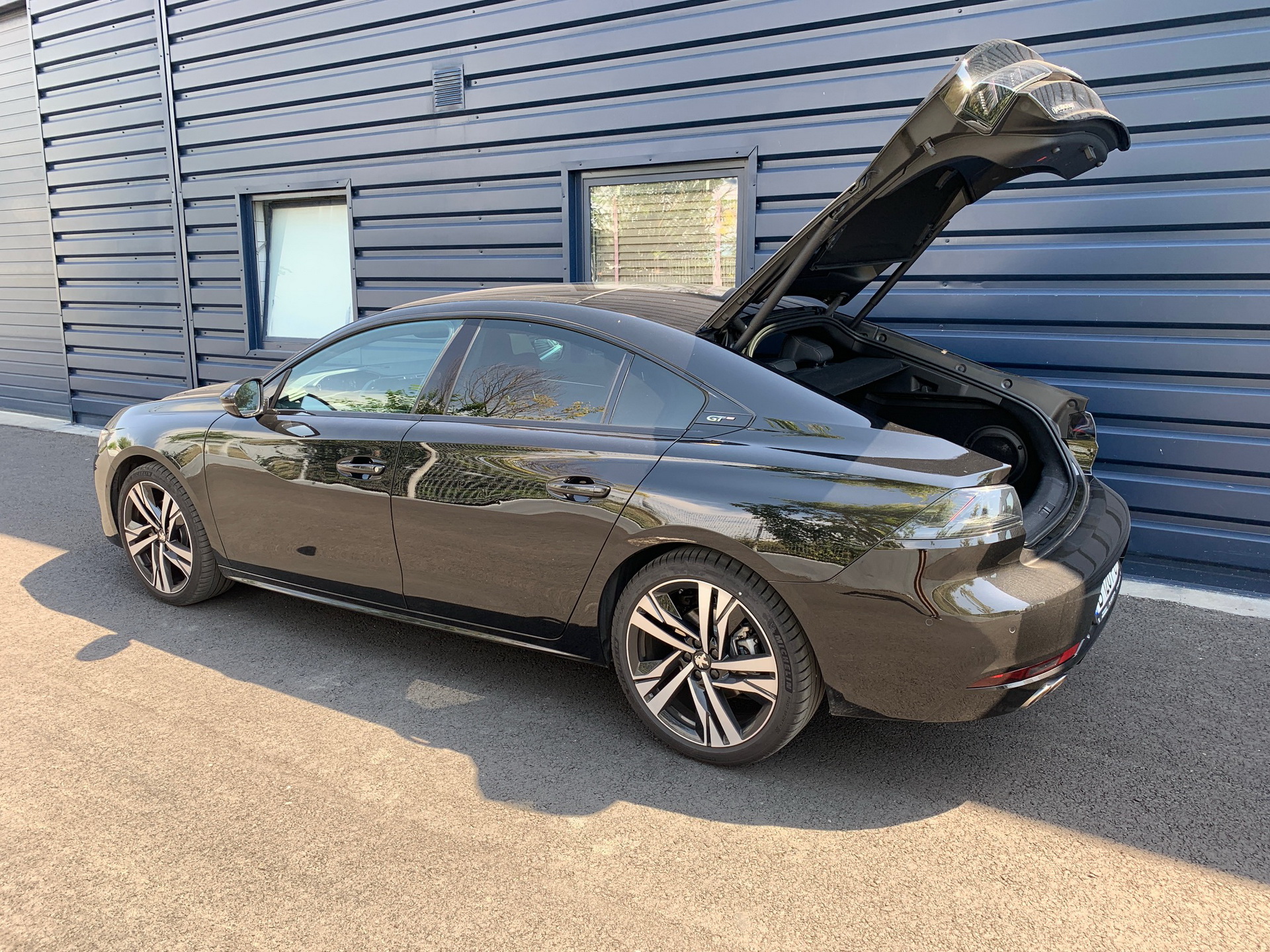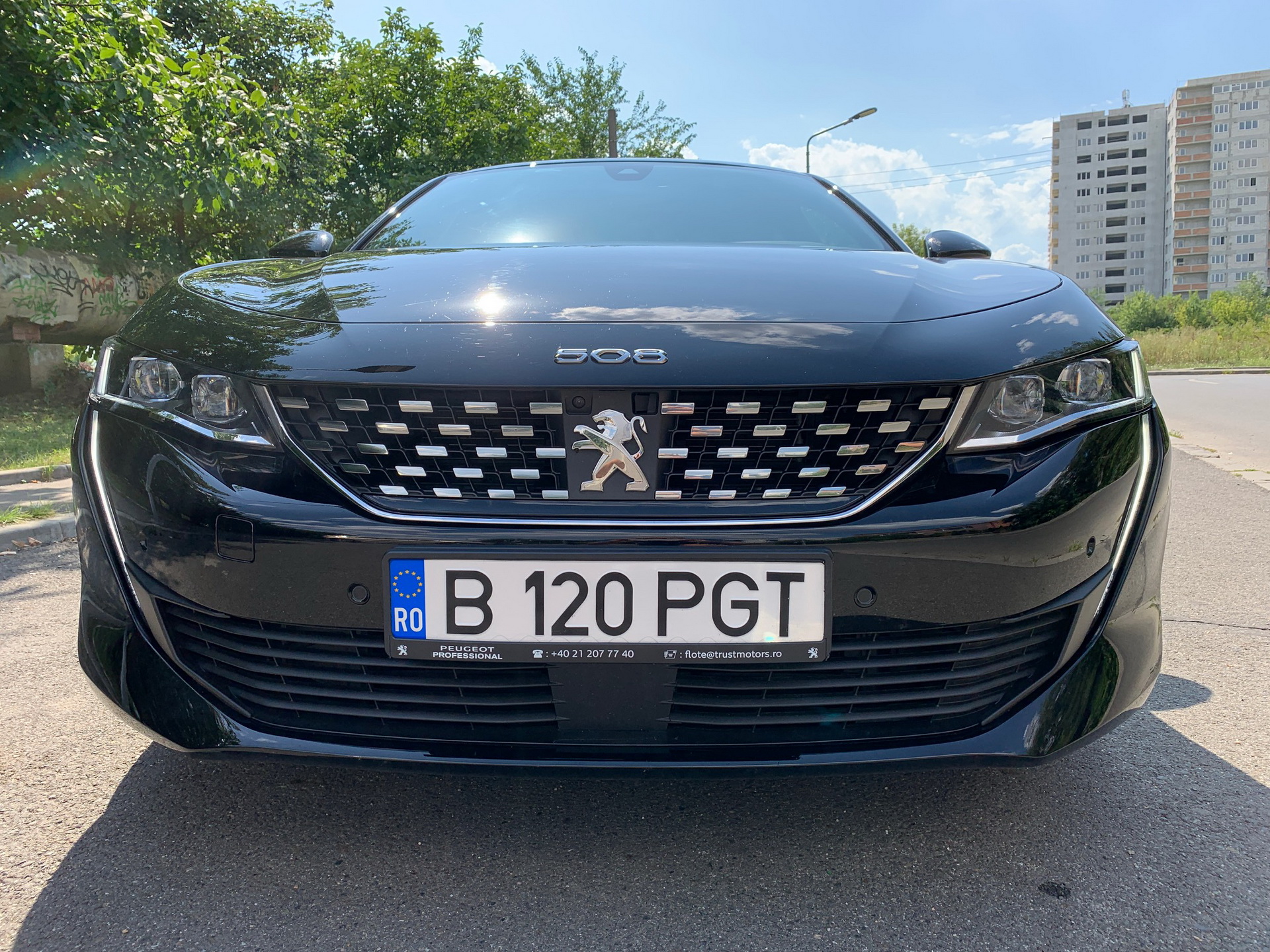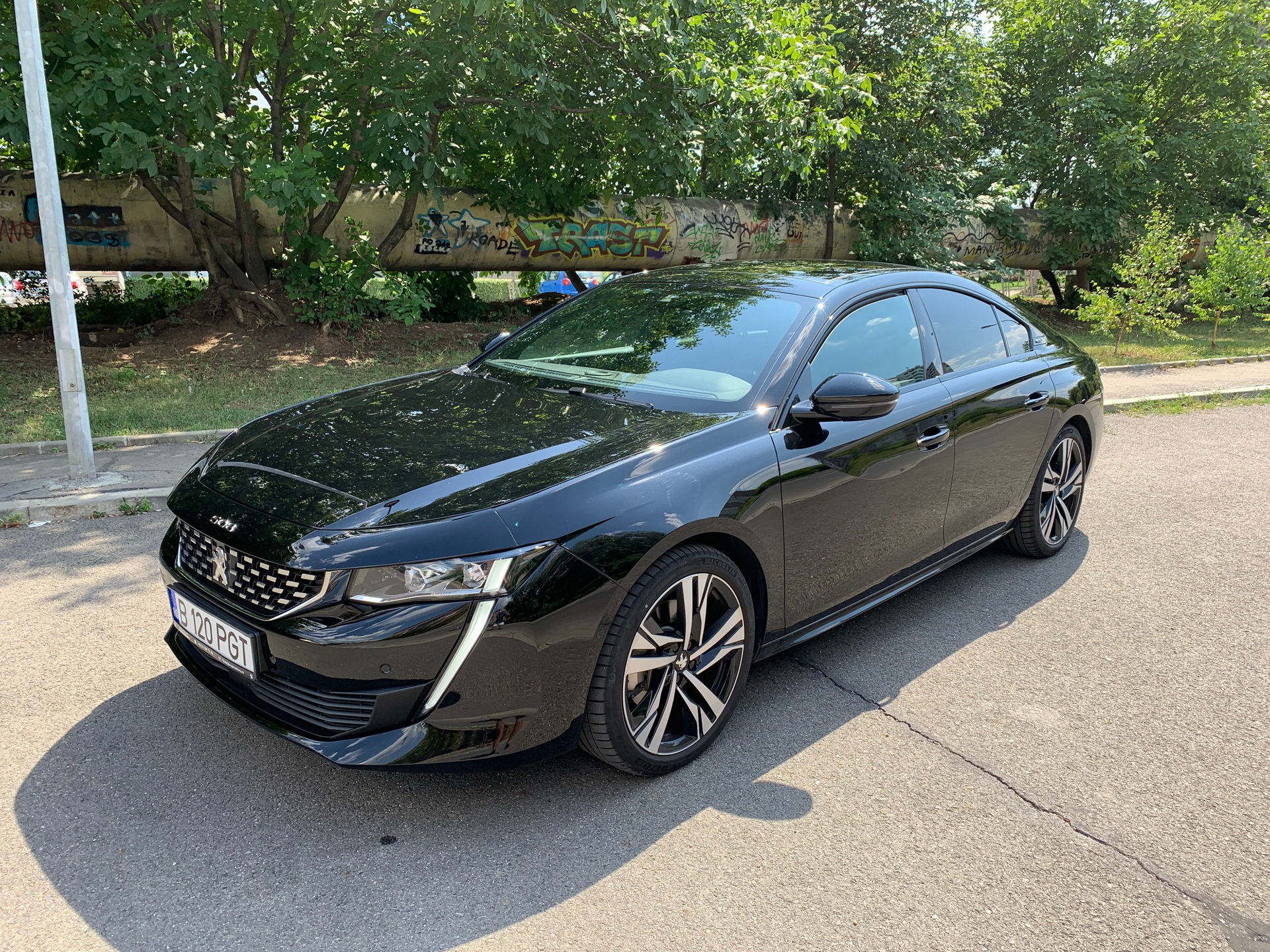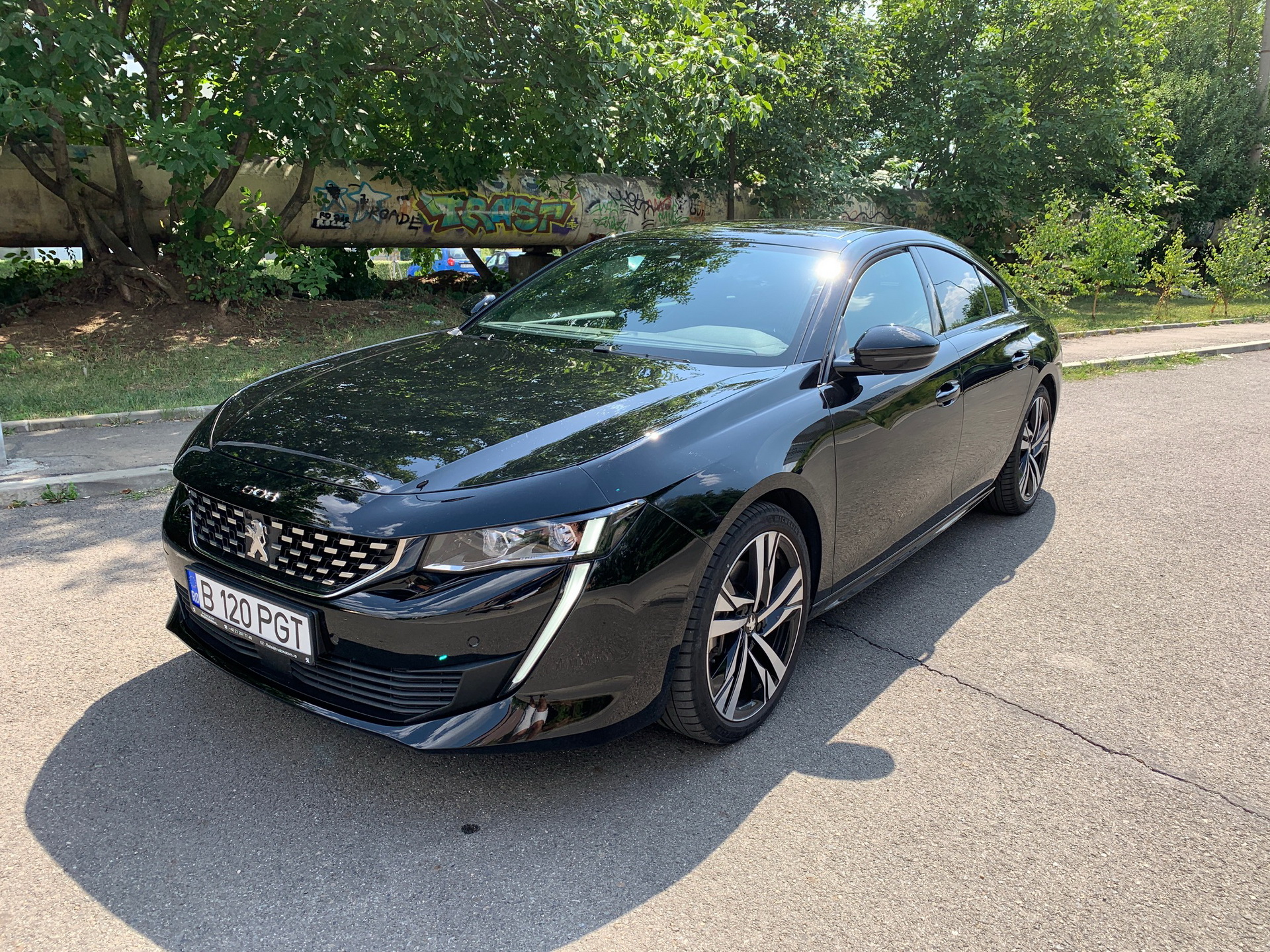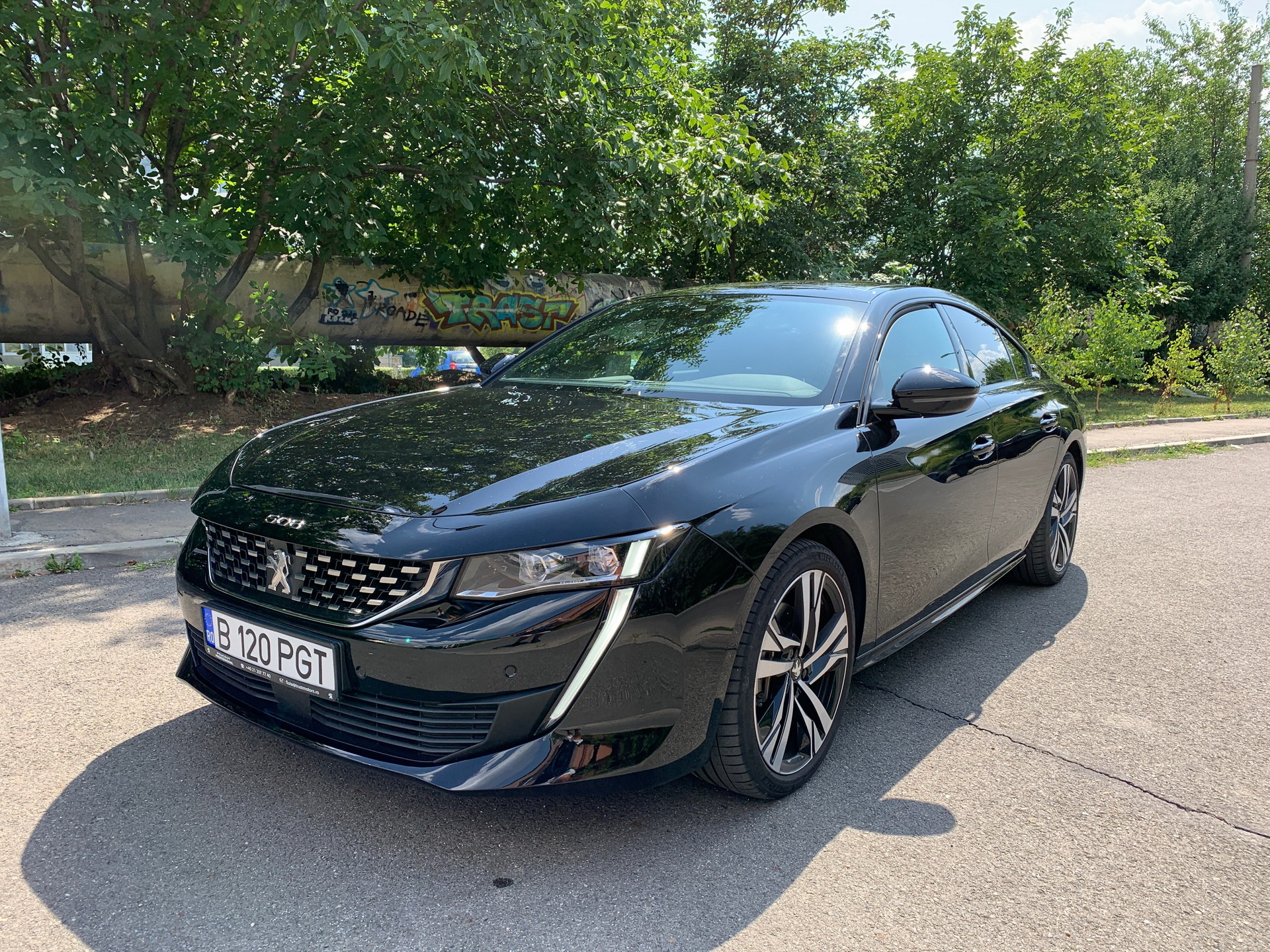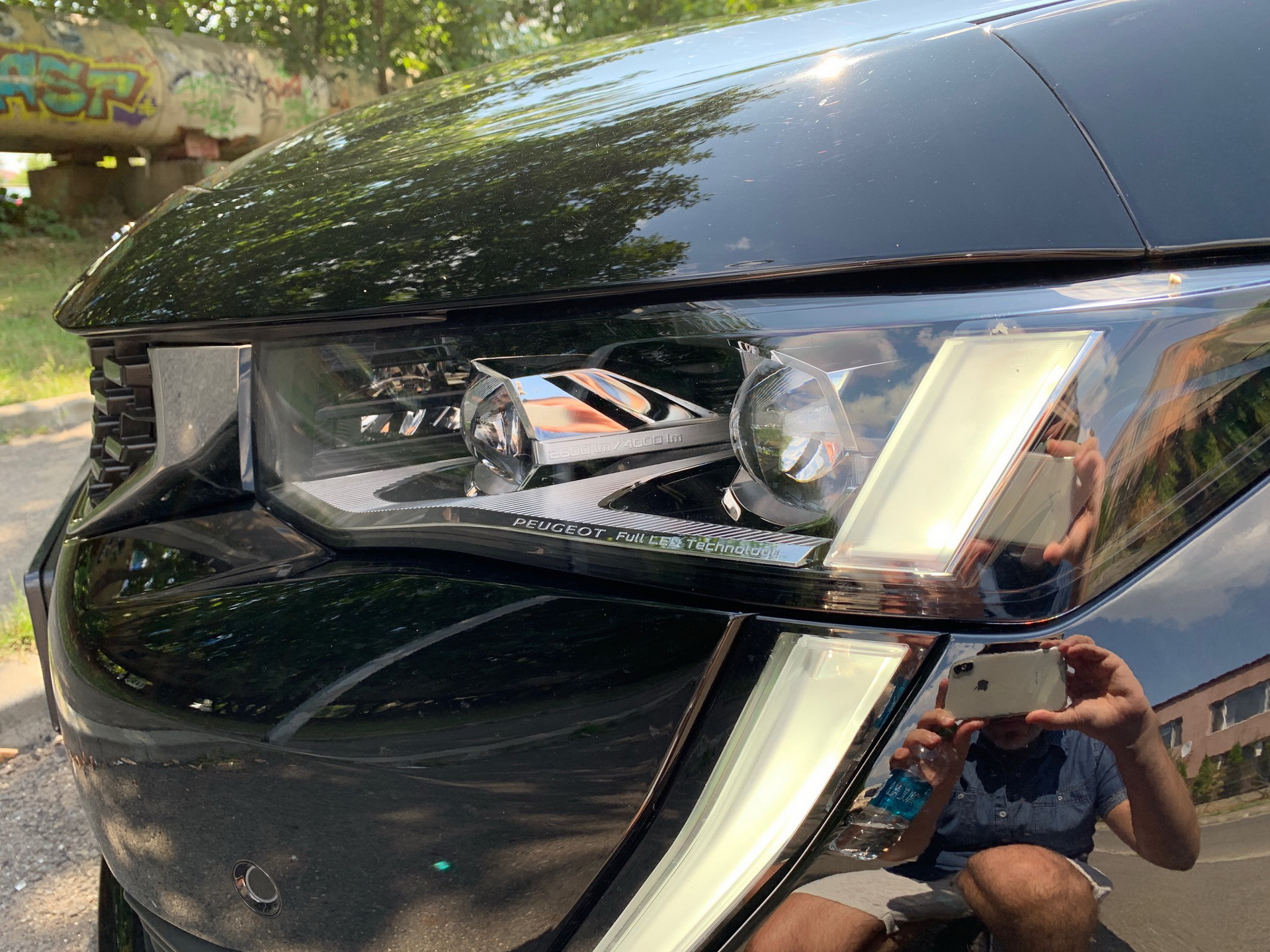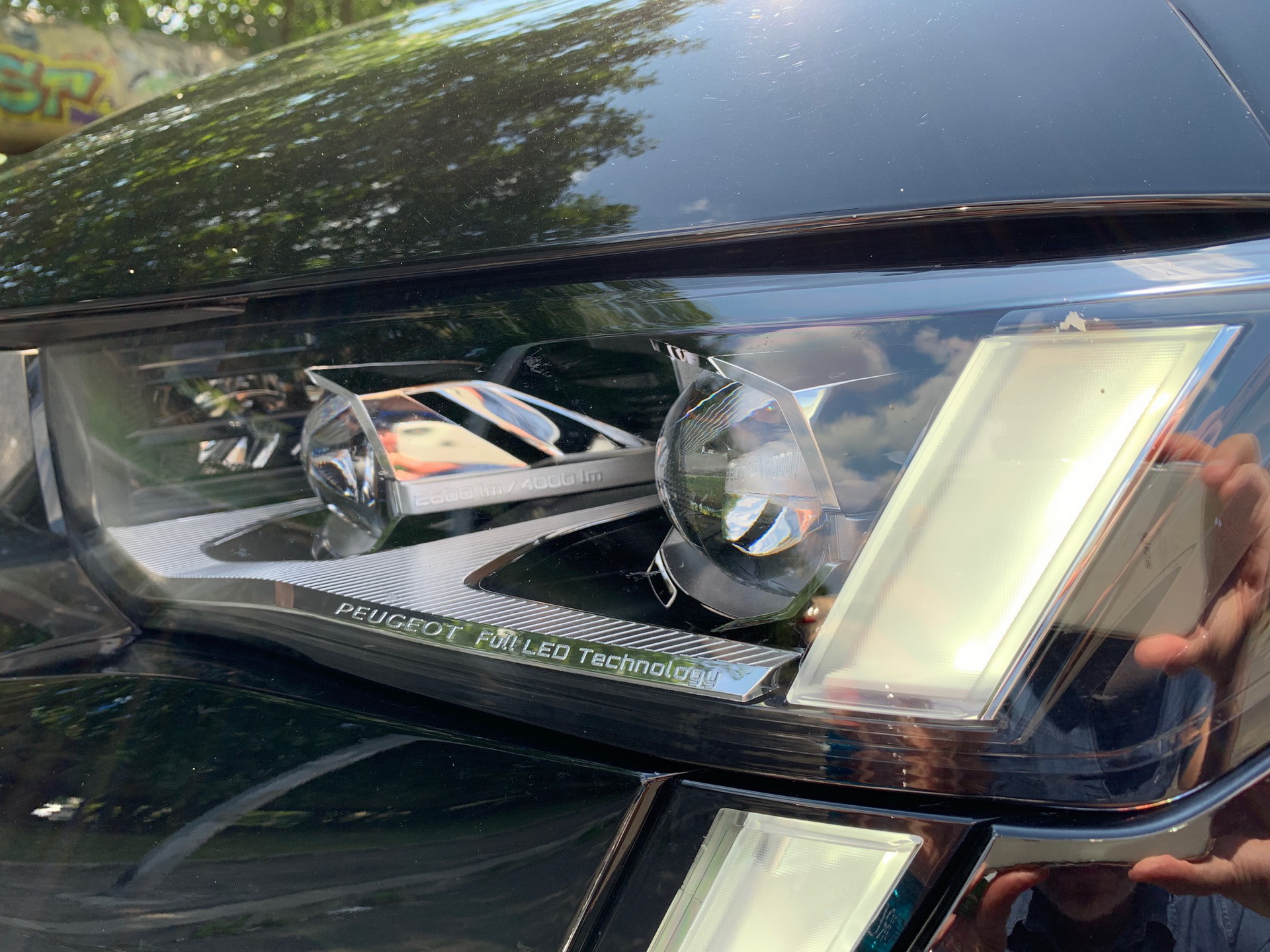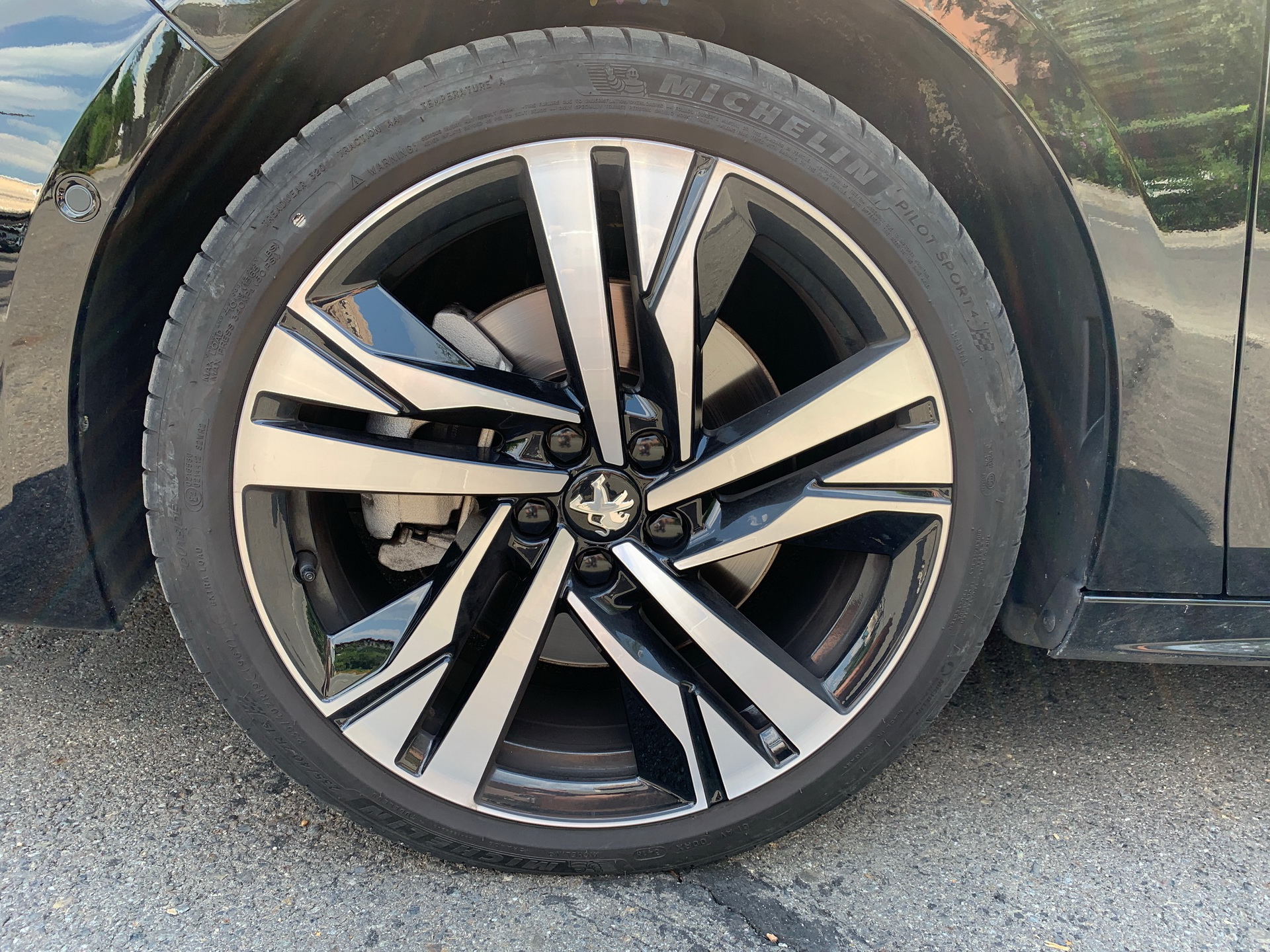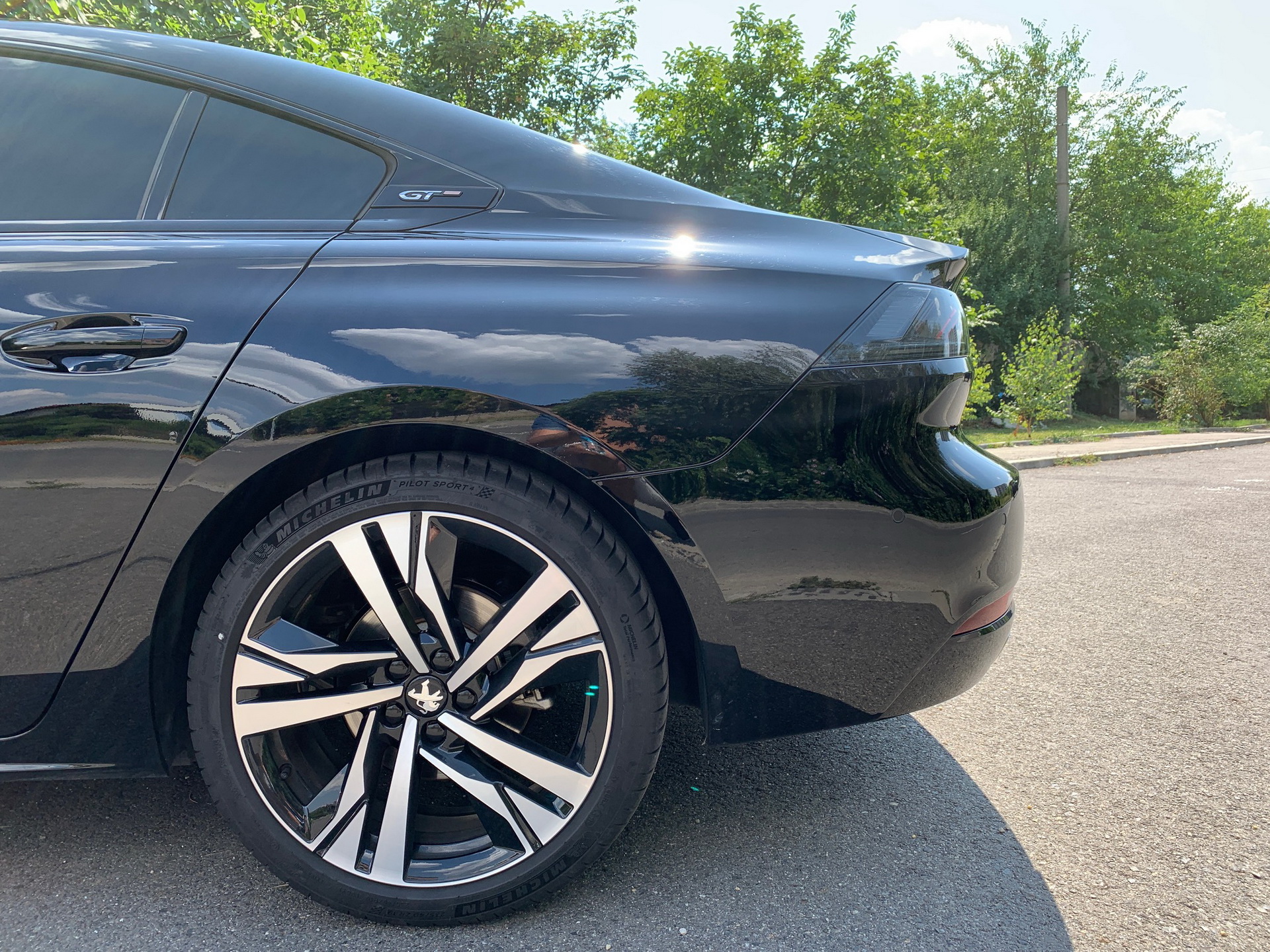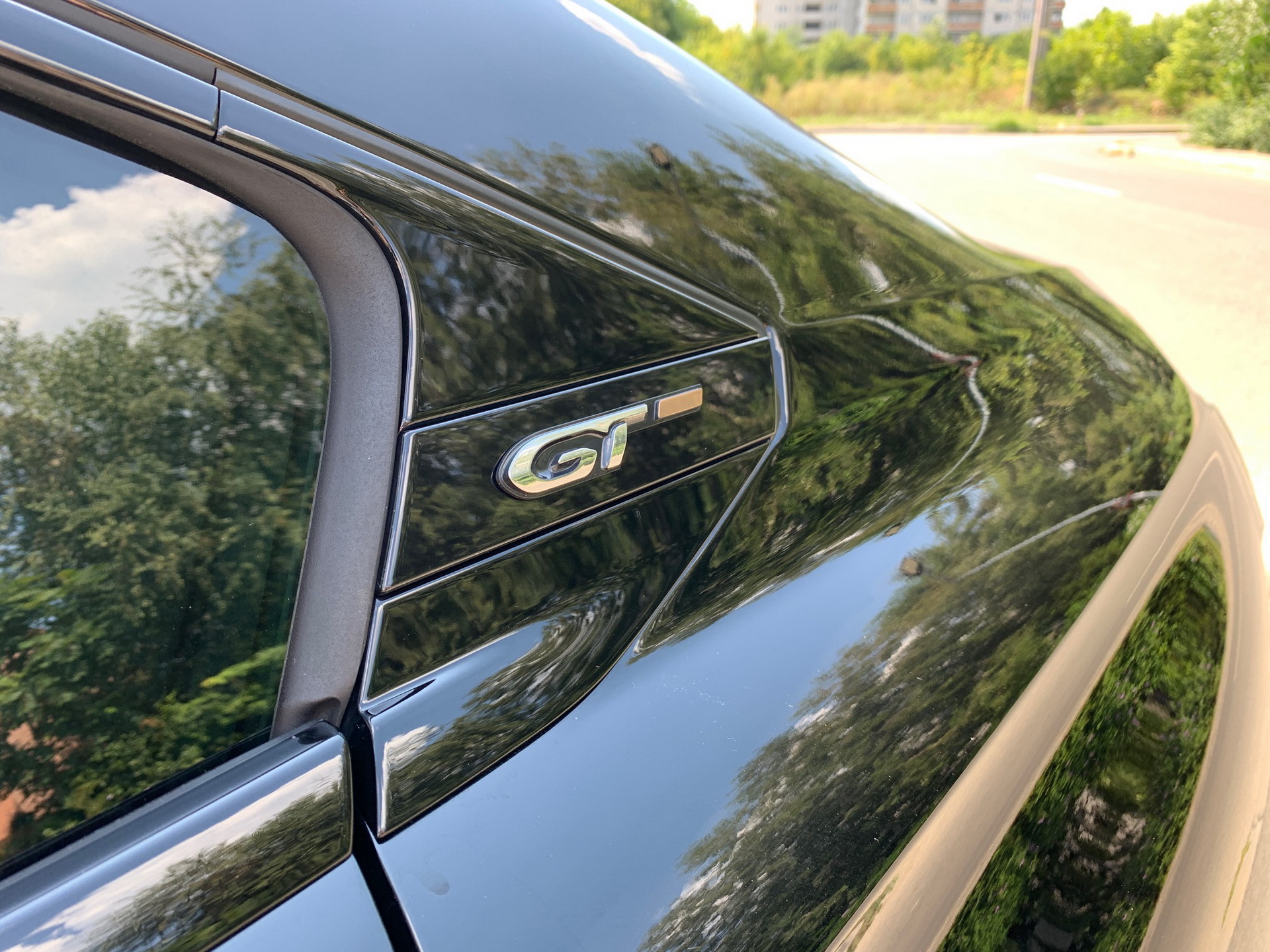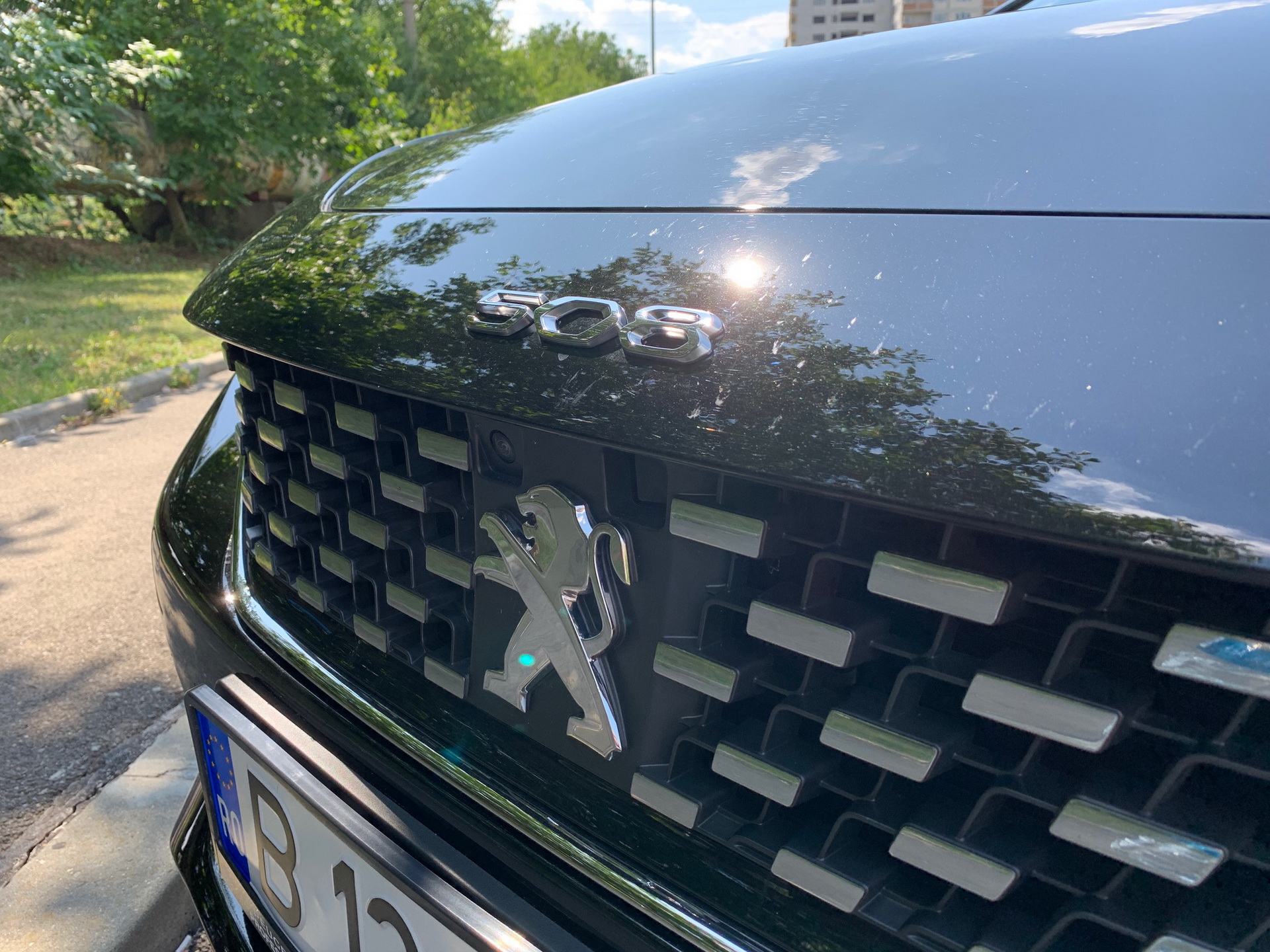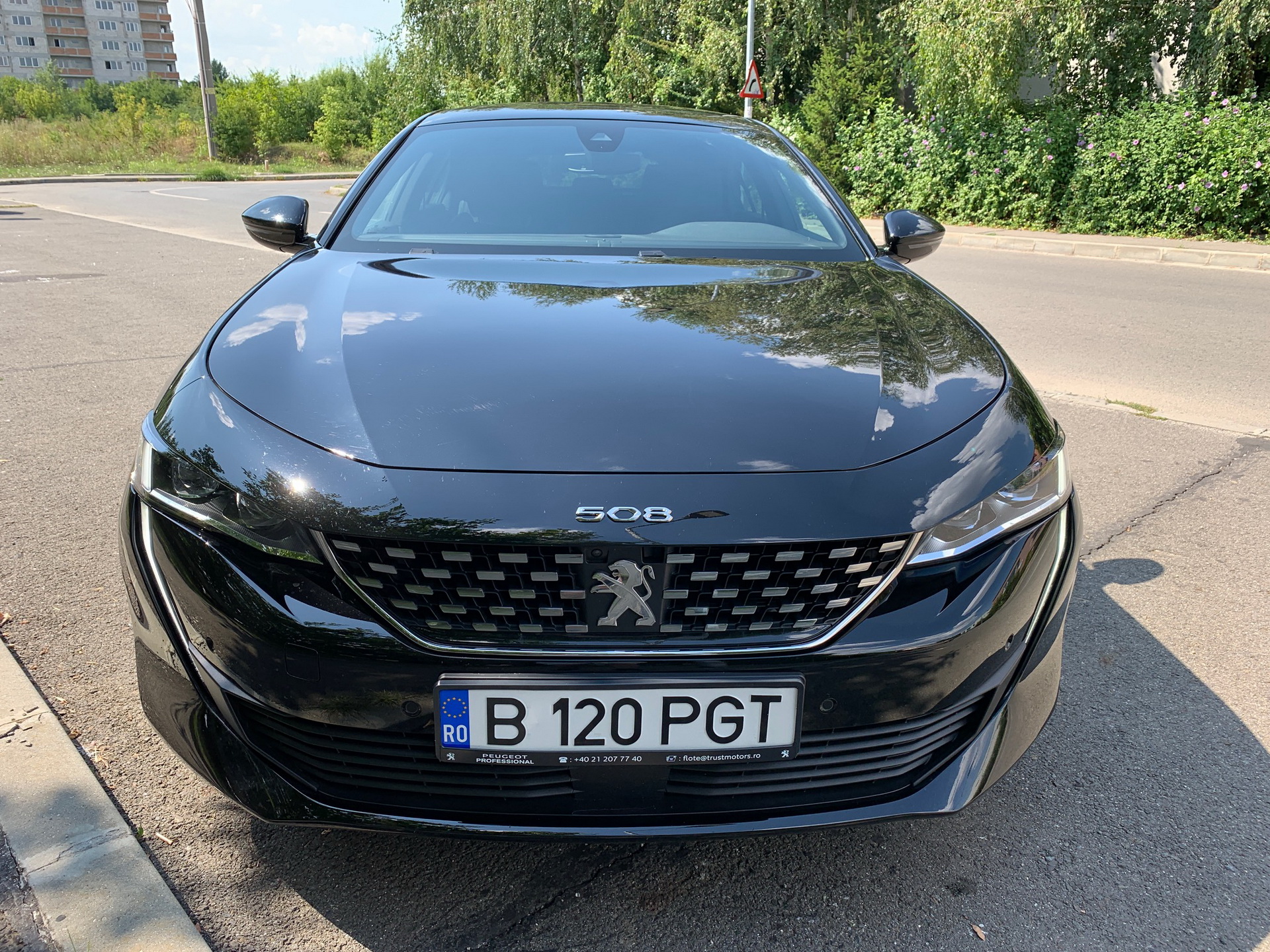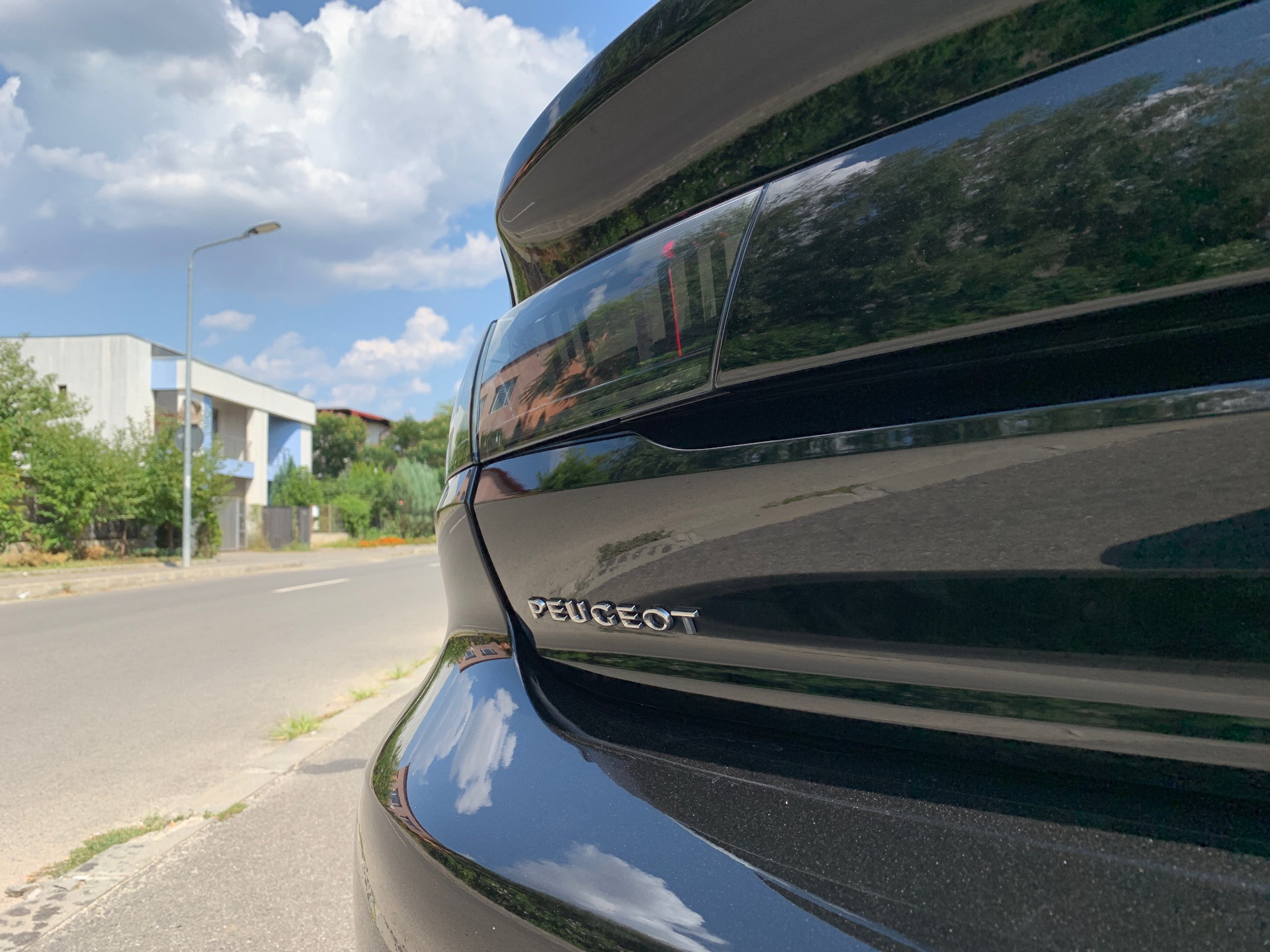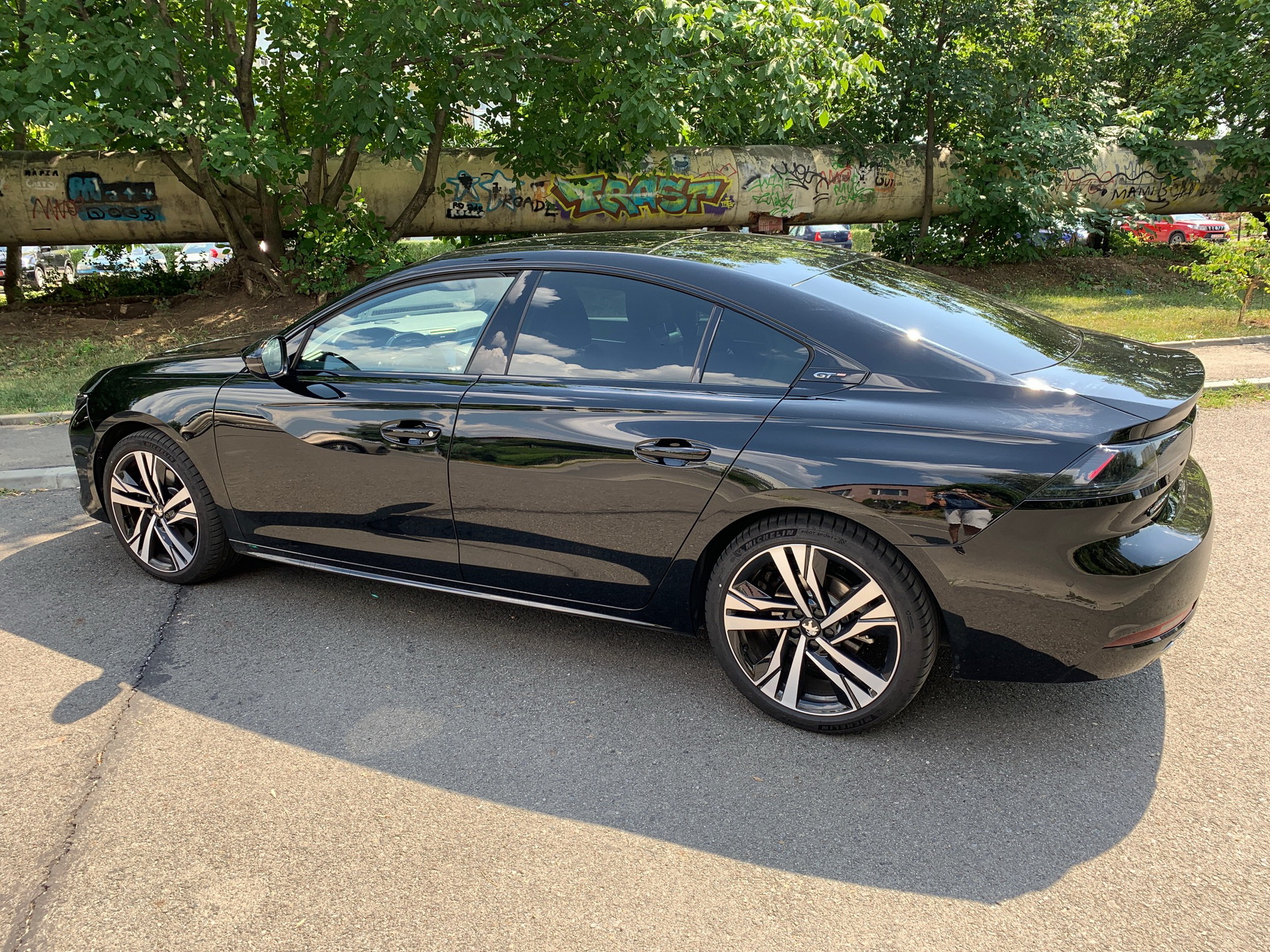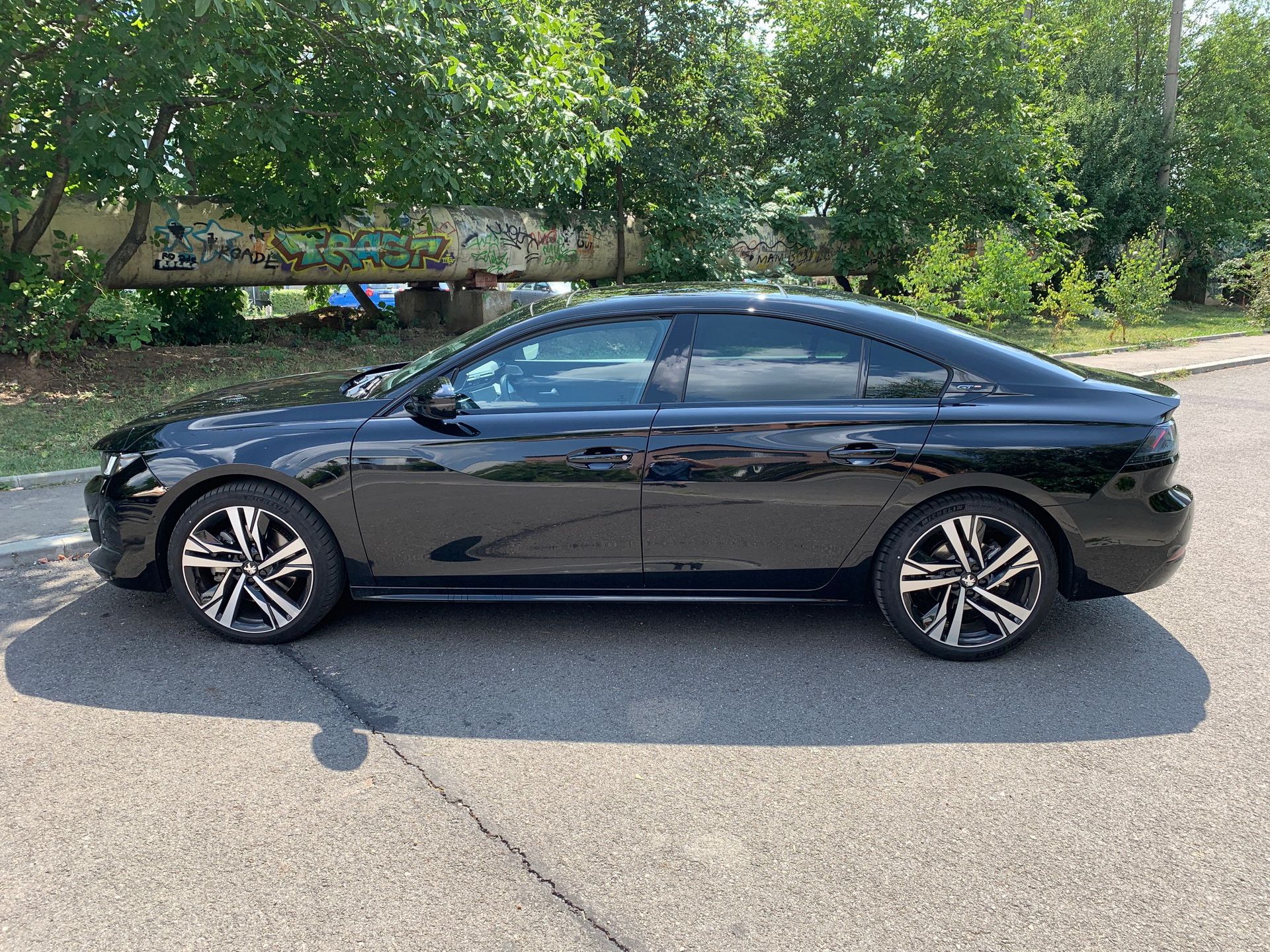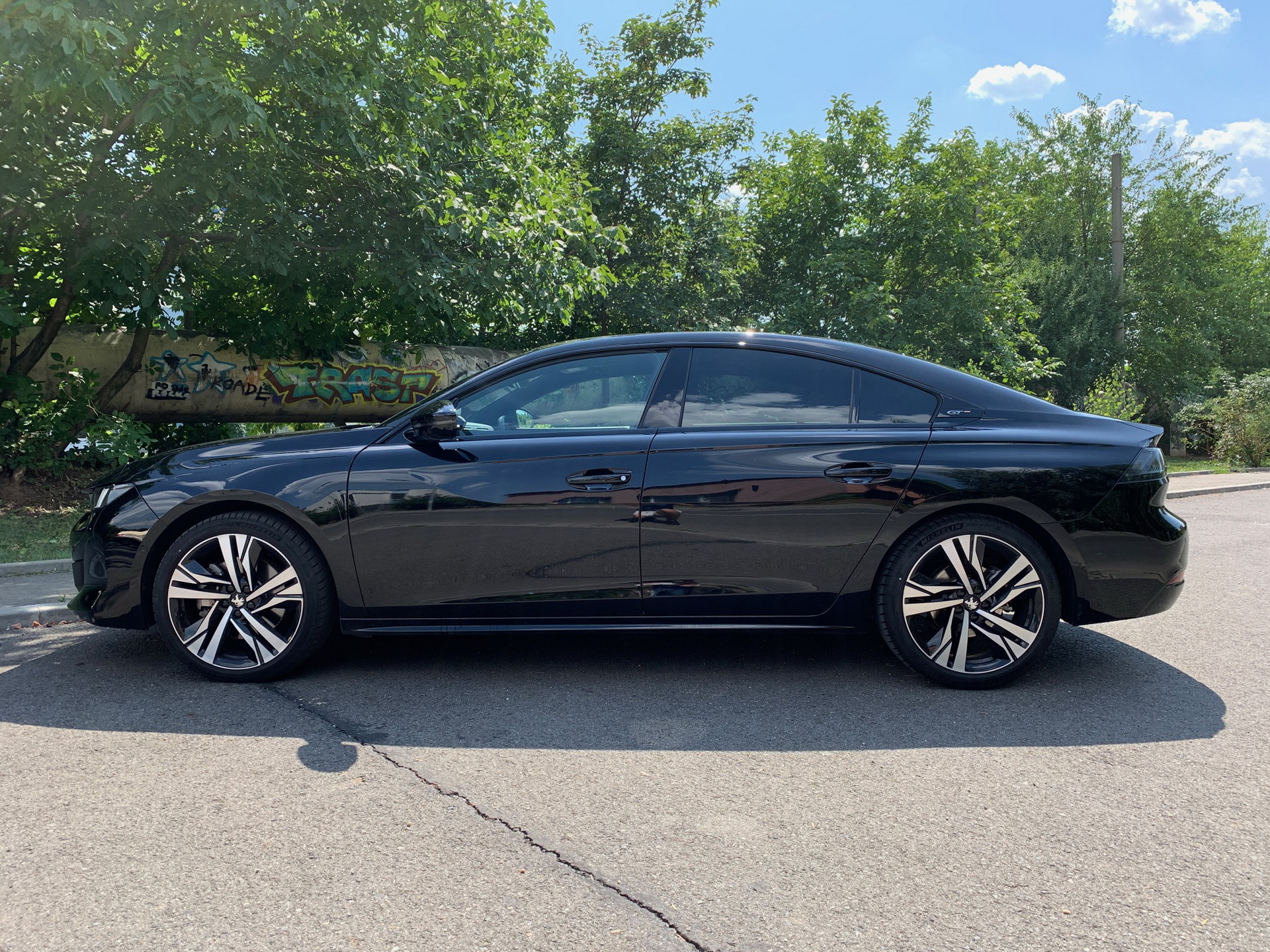Europe’s mid-size saloon segment has grown a little stale in recent years, being jam packed full of highly competent models that don’t necessarily one-up each other in any significant way.
So whether it’s the Ford Mondeo, VW Passat, Skoda Superb, Opel Insignia, Mazda6 or the Renault Talisman, your choice remains almost annoyingly unvaried in the sense that, in most cases, breaking down all the differences between them borders on nitpicking.
But do you know what’s truly different than any of the aforementioned models? Peugeot’s all-new 508 saloon, with its sporty yet elegant exterior, frameless doors, unique, fang-like LED light signature and the automaker’s i-Cockpit dashboard design – a setup you won’t find inside any of its rivals.
First things first
I absolutely love the way the 508 looks in GT trim, especially with these 19-inch “Augusta” alloys. I also couldn’t find any bad angles – and I definitely tried. Oh, and those frameless doors, usually a staple of premium products, are quite impactful.
While you may not realize it at first, the 508 is actually a fastback, which means you can load it up with voluminous items more easily than you would something like a conventional, four-door saloon.
The trunk has 487 liters (17.1 cu.ft) of volume with the seats up and 1,537 liters (54.27) with everything folded; not quite segment-leading, but not far off either. There’s also not much of a load lip and the tailgate itself has a power function so you don’t have to do any manual labor to open or close it.
What’s it like to sit in?
Visually, you can’t compare it to any of its direct rivals. This is easily the most successful iteration of Peugeot’s acclaimed i-Cockpit dashboard design, featuring even better materials than you’d find on a 3008 or 5008. It looks very modern and well-built, although we wouldn’t call this the best-built interior in the segment.
Sitting in the front is great, but sliding into the rear seat will leave you wanting a little bit more knee room, although that’s usually the type of price you pay when you value style over practicality. Still, you can’t call the 508 cramped, and unless both you and the driver are very tall, you should be fine.
Now comes the fun part – running through all the main standard and optional features and functions on the GT-spec 508, which is the flagship version.
A 12.5-inch digital gauge cluster, heated/folding mirrors, touch-sensitive roof light buttons, keyless entry & go, Mirror Link, LED daytime running lights, electronic handbrake, LED taillights, dual-zone climate control, 10-inch touchscreen display, automatic headlights and wipers, LED interior lighting, sat-nav, Active Suspension Control, FOCAL audio system, Nappa/Alcantara upholstery, 180-degree reversing camera, leather steering wheel, and quite a few other features were all standard on this rather pricey version of the 508 (we’ll talk about price in a little bit).
Our test car also came with a number of optional extras, such as 19-inch wheels, a heated windscreen, massaging/power front seats with memory function for the driver, automated parking, adaptive cruise control, a panoramic sunroof and wireless charging for your mobile phone.
Also Watch: 2019 Peugeot 508 Has The ‘Wow’ Factor, But What About The Rest
In the end, we found no major issues with the interior, apart from the infotainment system’s laggy response at times. It was usually okay, but certainly not a perfect experience. Otherwise, the sitting position is solid, the sound system more than decent, the switchgear all easily within reach and the small steering wheel tremendous, just like the ergonomically-designed gear lever. We’ll also give props to the wireless charging pad, something you don’t really think you need until you get to use it. I can’t wait for the day when all cars will be able to charge your phone without the need of a cable.
What’s it like to drive?
I was quite satisfied with the 2.0-liter turbo-diesel on this car. It produces 177 PS (174 HP) and 400 Nm (295 lb-ft) of torque, which are channeled to the front wheels via an 8-speed automatic gearbox.
On paper, it can get from zero to 100 km/h (62 mph) in 8.3 seconds and max out at 235 km/h. Now, Peugeot also claims that you can average as little as 4.7 l/100 km (50 mpg) mixing in both city and highway driving, but in real life, that’s optimistic.
The car felt quick enough and the noise from the engine rarely broke through the cabin beyond a reasonable point. Meanwhile, steering, shifting and throttle response does tighten up once you put it into Sport mode, but not to the point where you can say that the 508 is the most fun to drive model in its class because, well, it isn’t.
It does however feel supremely easy to steer around town and decent at absorbing all those nasty bumps in the road if you keep it in Comfort mode. However, I do wish Peugeot would have made up their minds in one direction or another in regards to the 508’s suspension setup. For example, it feels more rigid than a Mazda6, but doesn’t ride or steer quite as sharply as the Japanese saloon. Of course, most buyers will be perfectly happy with how the car drives and, all things considered, so were we.
So, what’s the verdict
Base price for a 508 GT 2.0 BlueHDI STT 180 EAT8 such as the one tested here is €36,057 ($39,827) in Romania. Add all the previously-mentioned options, and our test car cost €39,374 ($43,490), or about the same as a base-spec VW Arteon, a larger yet also style-driven family fastback. Of course, if you just want an entry-level 508, you can get them as low as €24,633 ($27,208) over here, or from £25,560 ($31,449) in the UK, about the same as a VW Passat.
In the end, it’s hard to deny the 508’s true pioneering nature. It may not be the best overall car in its class, but it’s by far the most appealing, both visually and with regards to on-board tech.
Addendum
The PSA Group plans on relaunching Peugeot into the U.S. and Canadian markets, and crossovers like the 3008 and the 5008 will almost certainly make the trip, although there’s currently no rush since the automaker’s time frame is anytime between now and 2026, according to company CEO Carlos Tavares.
However, if in the meantime they do cross the pond and the 508 mid-size sedan is one of the models they bring along, I can’t help but feel as though some adjustments would have to be made in terms of the suspension setup.
Either make it much softer so it can compete with slightly larger and more comfort-oriented models like the Accord or the Camry, or actually tighten things up a bit more and market it as a sports sedan of sorts, closer to Mazda’s offering. Or they could keep it as is and target the middle ground, though that discussion is probably a non-issue, given saloons aren’t America’s cup of tea right now.







